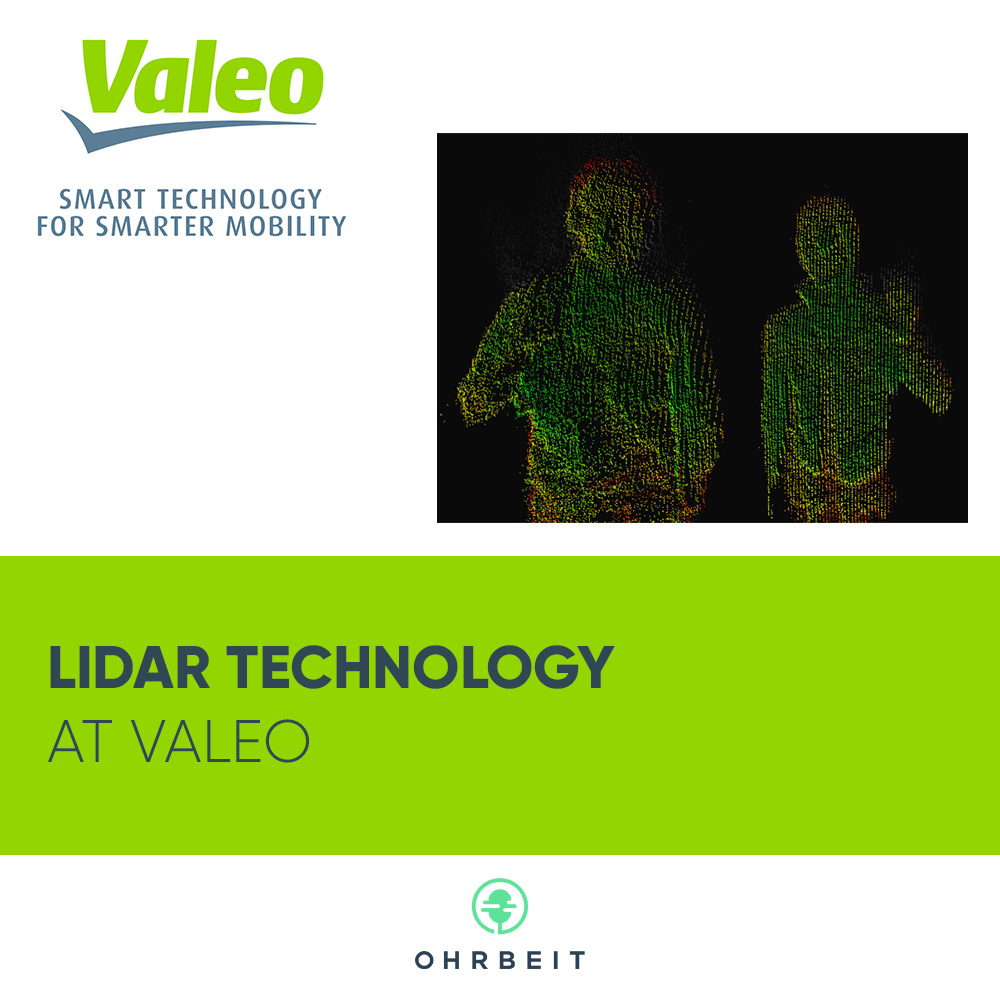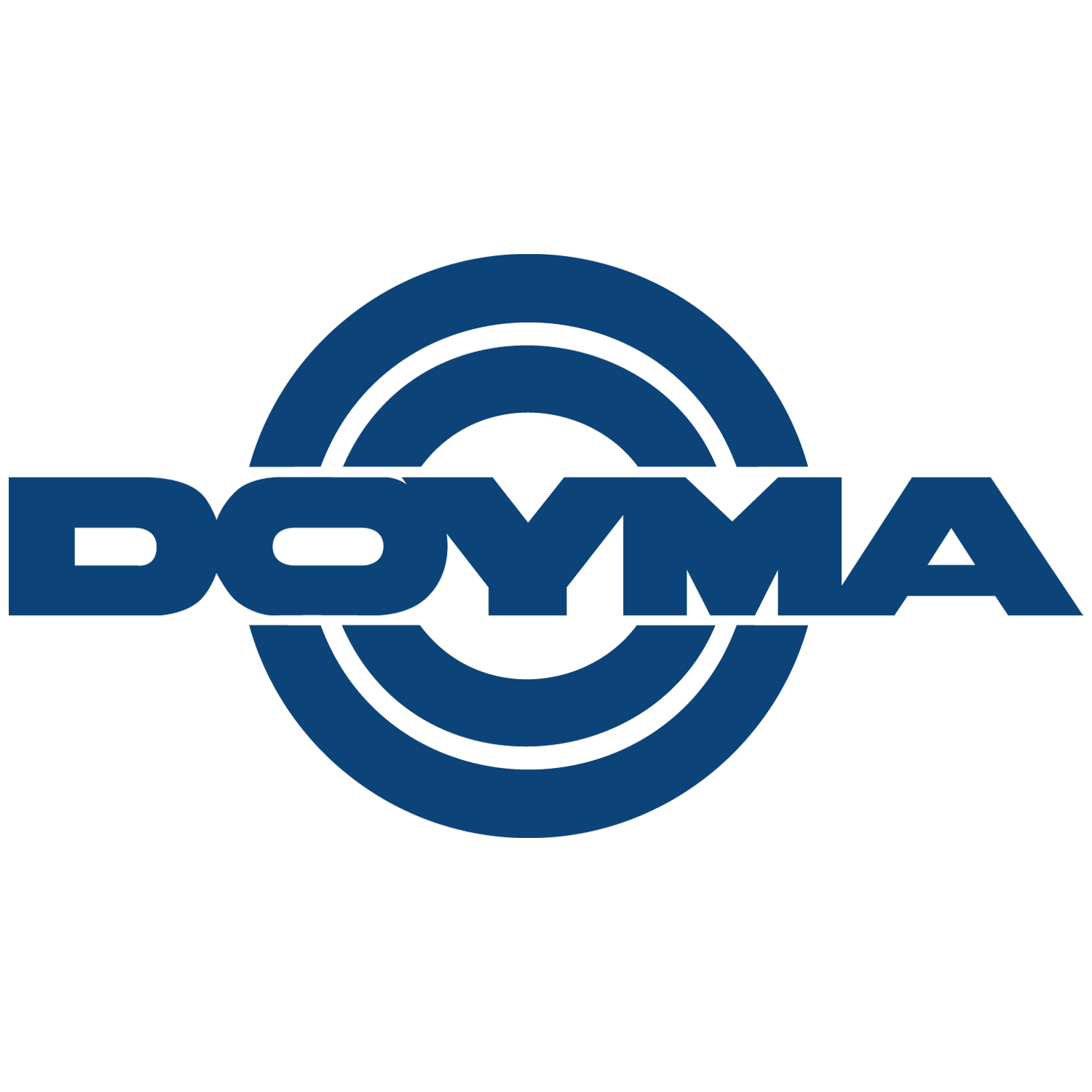 DOYMA GmbH & Co DOYMA GmbH & Co |
2404151133 |
Diverses |
Verschiedenes |
Oyten bei Bremen |
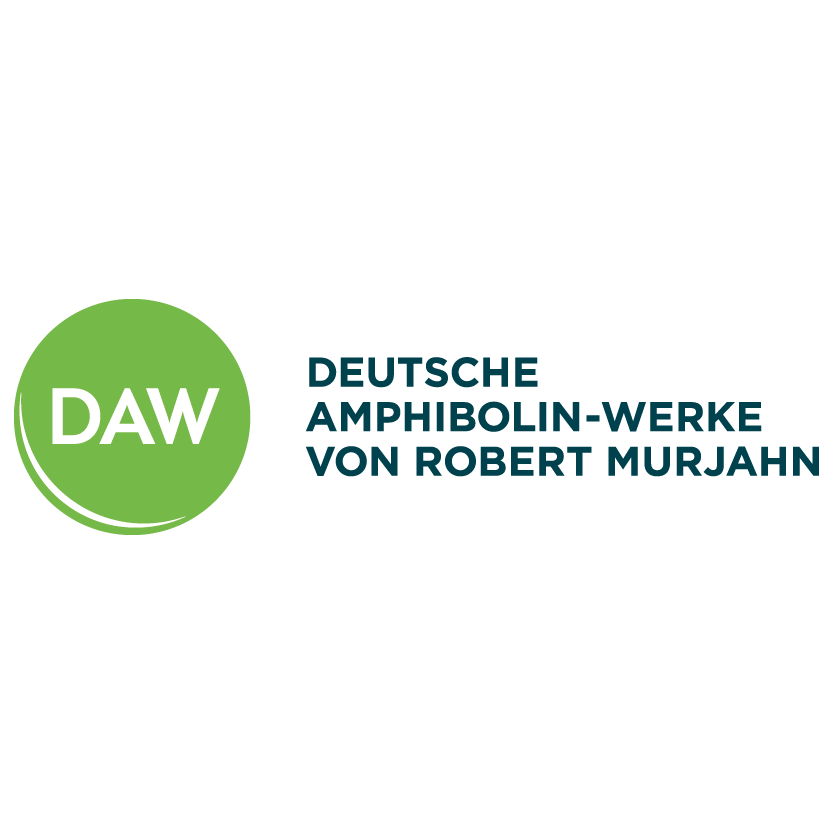 DAW SE DAW SE |
2403221248 |
F&E, Prüf- und Anwendungstechnik |
R&D |
Ober-Ramstadt |
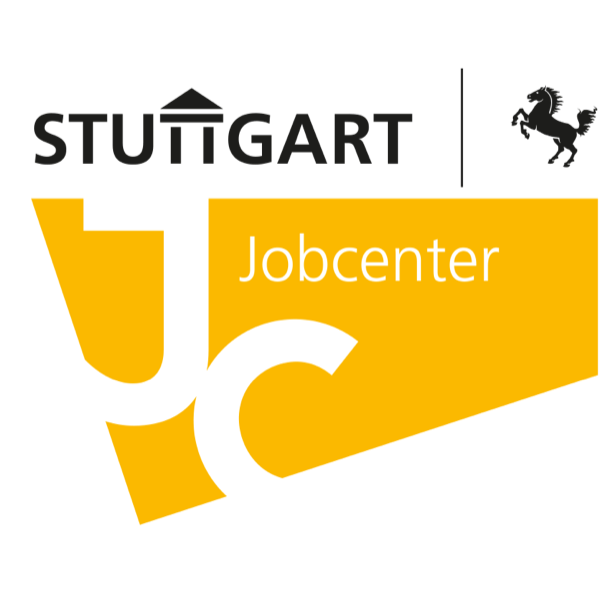 Jobcenter Stuttgart Jobcenter Stuttgart |
2403061141 |
Sachbearbeitung Bürgergeld |
Kundenservice |
Stuttgart |
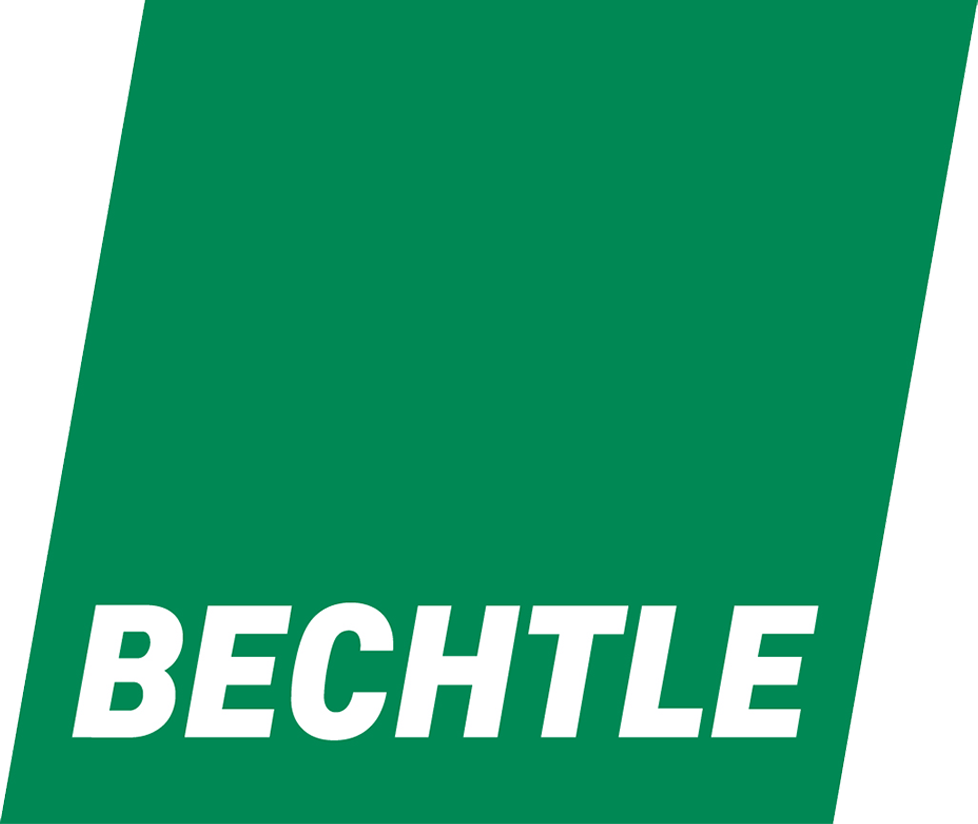 Bechtle GmbH Bechtle GmbH |
2403051255 |
Senior Support Engineering |
Consulting & Projekte |
remote |
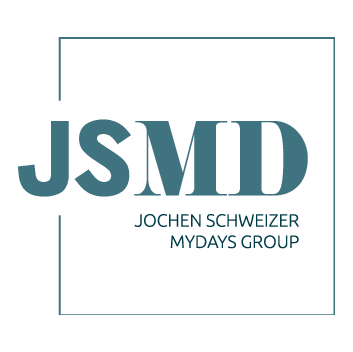 Jochen Schweizer mydays GmbH Jochen Schweizer mydays GmbH |
2402191227 |
B2B Sales |
Sales |
München |
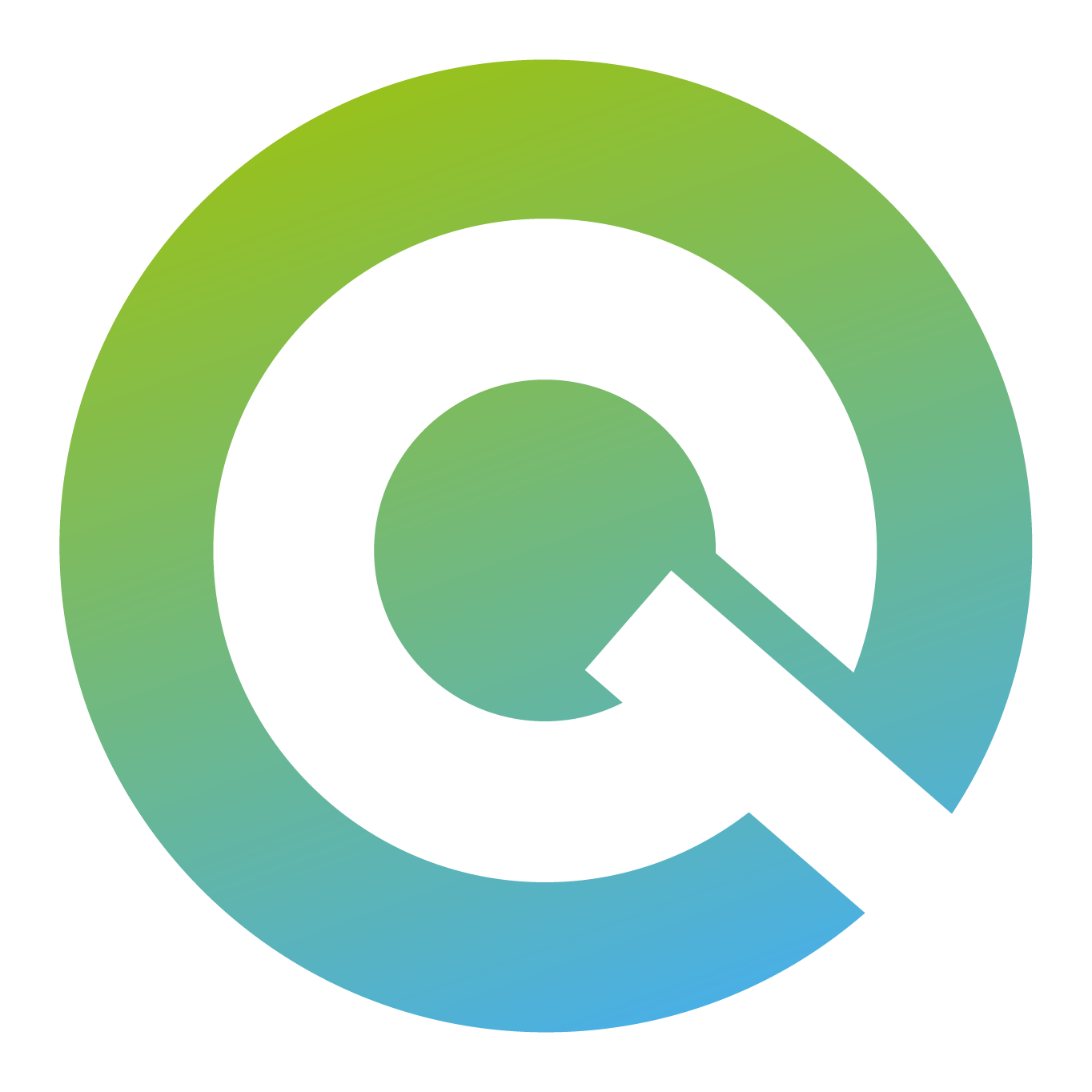 MVZ für Immunologie Lokstedt GmbH MVZ für Immunologie Lokstedt GmbH |
2401290116 |
Medizinische Fachangestellte (m/w/d) |
Gesundheit |
Hamburg |
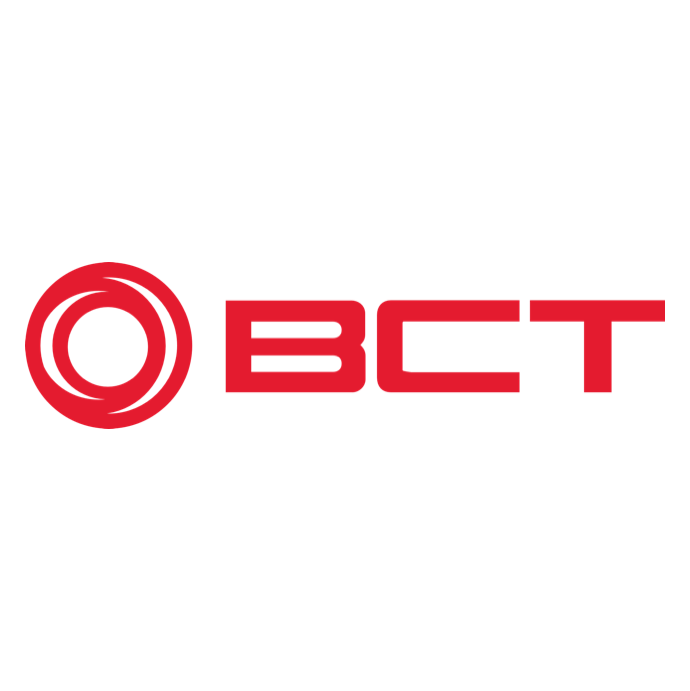 BCT Technology AG BCT Technology AG |
2310240254 |
Digitale Transformation in der Fertigungsindustrie |
Verschiedenes |
Willstätt |
 Jochen Schweizer mydays GmbH Jochen Schweizer mydays GmbH |
2310230907 |
Category Management |
Sales |
München |
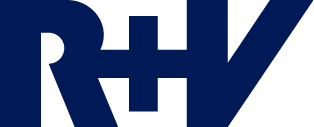 R+V Versicherung AG R+V Versicherung AG |
2310201054 |
Application Management |
IT & Development |
Wiesbaden |
 Jochen Schweizer mydays GmbH Jochen Schweizer mydays GmbH |
2309200657 |
Eventmanagement Corporate Sales |
Sales |
München |
 Bischof + Klein SE & Co. KG Bischof + Klein SE & Co. KG |
2309200649 |
Key Account- und Produktmanagement |
Produktmanagement |
Lengerich, NRW |
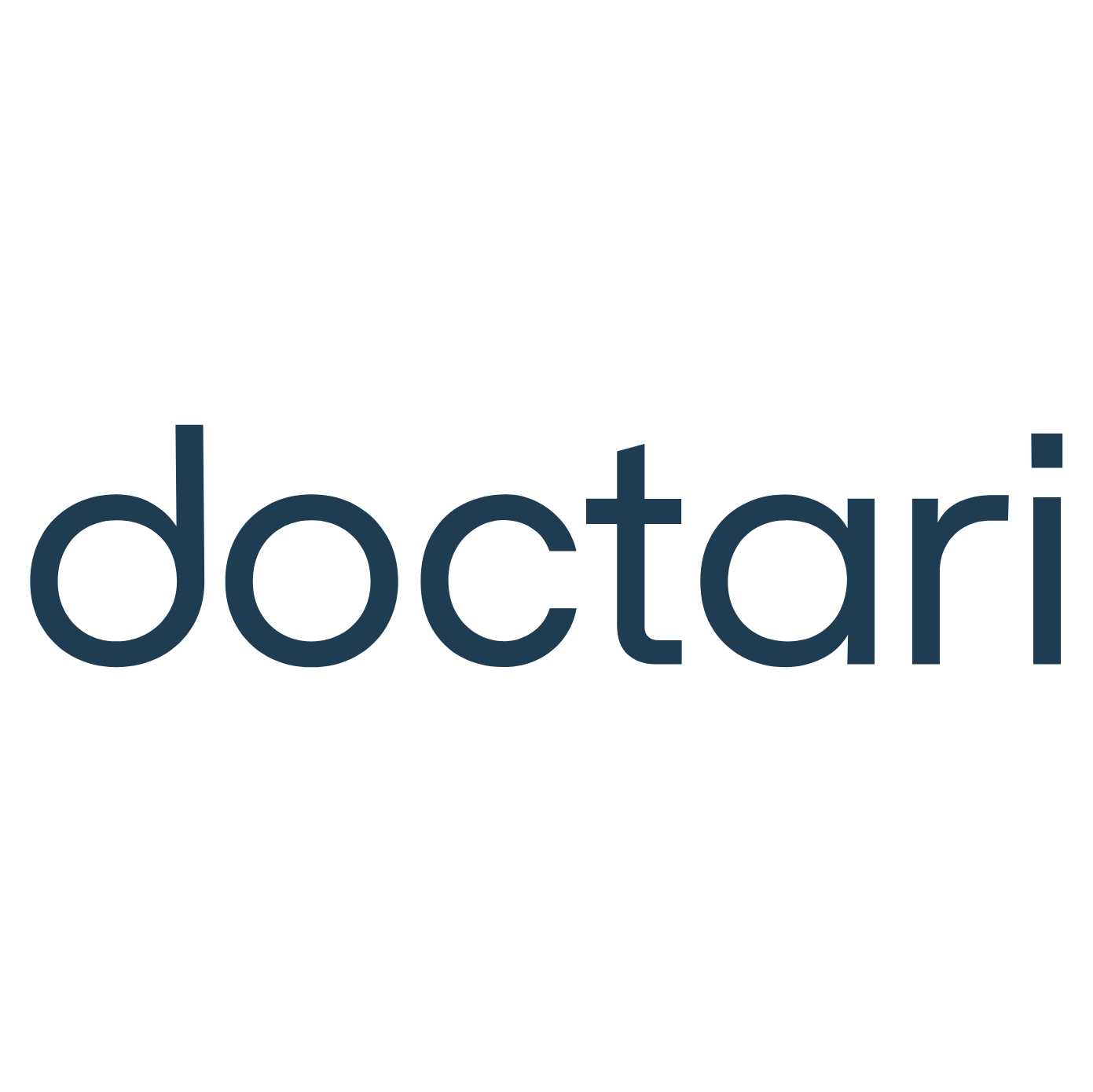 doctari GmbH doctari GmbH |
2309200635 |
Karriereberatung und Recruiting |
HR |
Berlin |
 R+V Versicherung AG R+V Versicherung AG |
2309051228 |
SAP Consulting & Entwicklung |
IT & Development |
Wiesbaden |
 Jochen Schweizer mydays GmbH Jochen Schweizer mydays GmbH |
2307260159 |
Software Engineering |
IT & Development |
Home Office |
 DYNACISION GmbH DYNACISION GmbH |
2307011000 |
Real-Time Decisioning Consulting |
Consulting & Projekte |
remote |
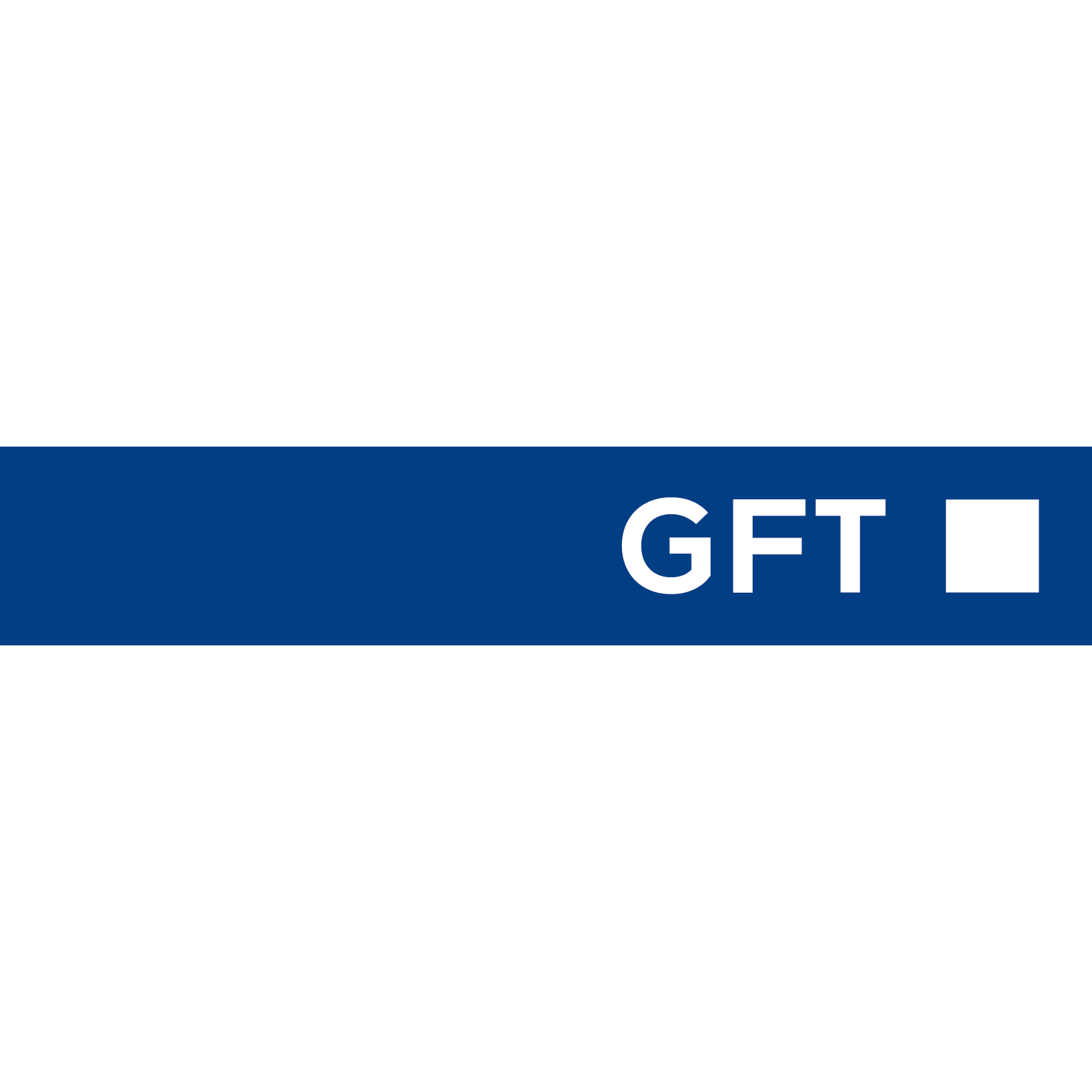 GFT Technologies SE GFT Technologies SE |
2306060620 |
Java Development |
IT & Development |
Homeoffice |
 DAW SE DAW SE |
2305310945 |
IT / SAP Inhouse Beratung |
Consulting & Projekte |
Ober-Ramstadt |
 DAW SE DAW SE |
2305100830 |
Produktmanagement |
Produktmanagement |
Ober-Ramstadt |
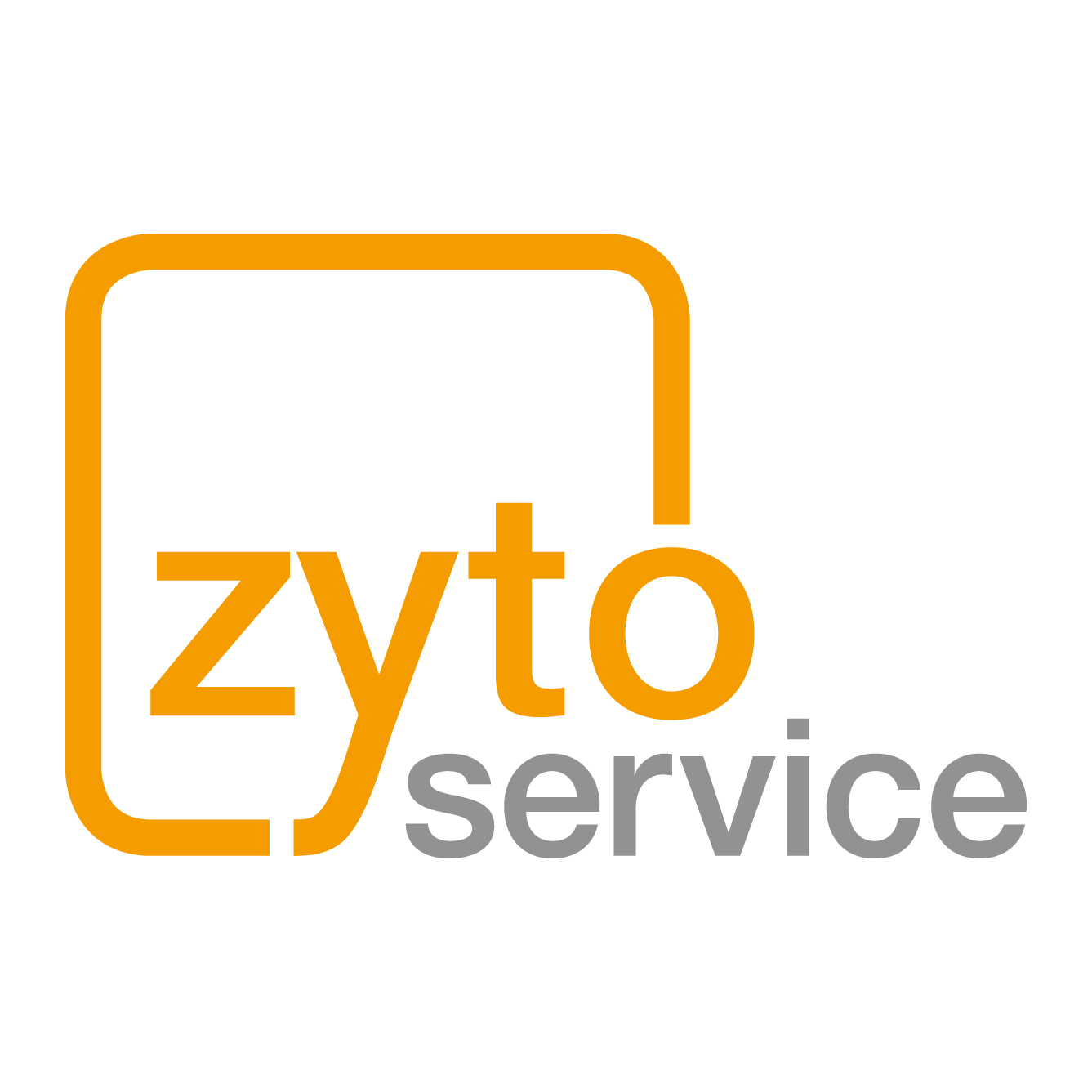 ZytoService GmbH ZytoService GmbH |
2305091135 |
Mitarbeit in der Steril - Produktion/Herstellung |
Produktion |
Hamburg |
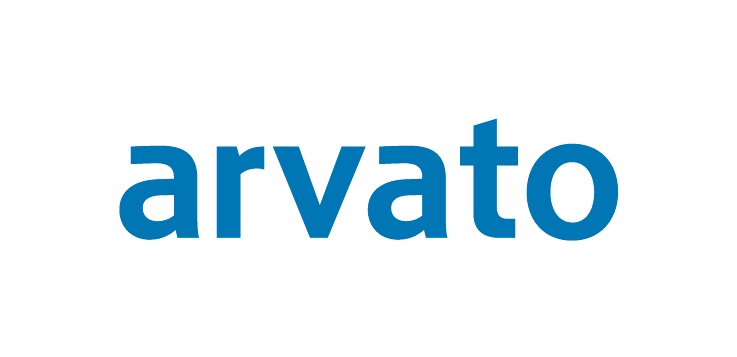 Arvato Arvato |
2305020842 |
Account Management Associate |
Sales |
NRW |
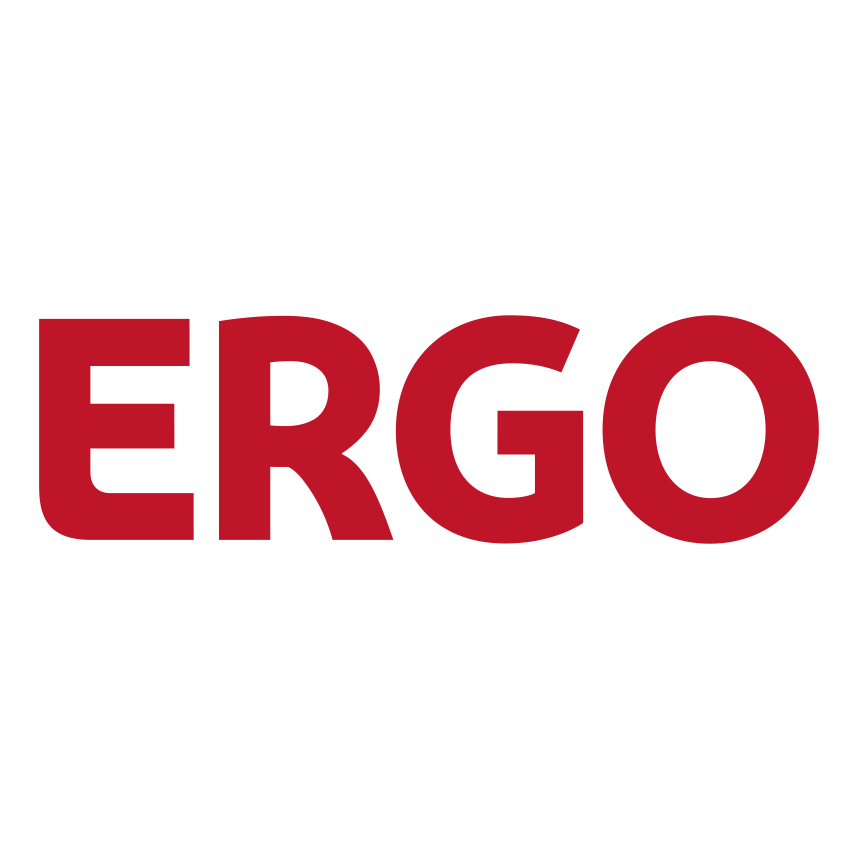 Ergo Direkt AG Ergo Direkt AG |
2304201257 |
Dialog Sales |
Sales |
Nürnberg |
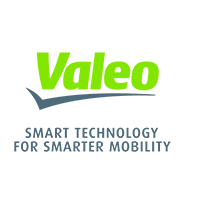 Valeo Valeo |
2304111211 |
Recruiting, Employer Branding, People & Culture |
HR |
deutschlandweit |
 Arvato Arvato |
2303170114 |
Sachbearbeitung Kundenbetreuung |
Kundenservice |
Harsewinkel |
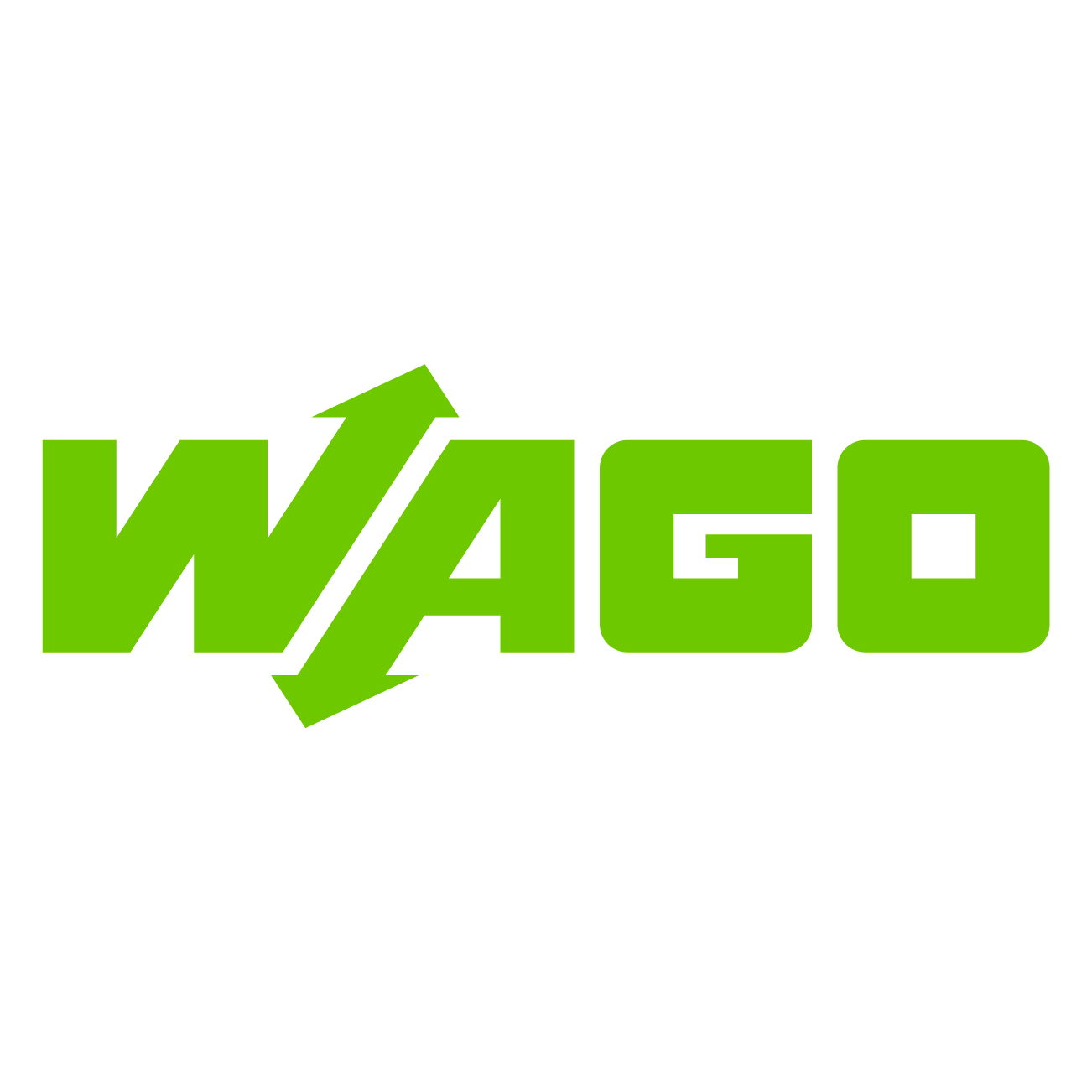 WAGO GmbH & Co.KG WAGO GmbH & Co.KG |
2303160142 |
Produktmanagement |
Produktmanagement |
Minden |
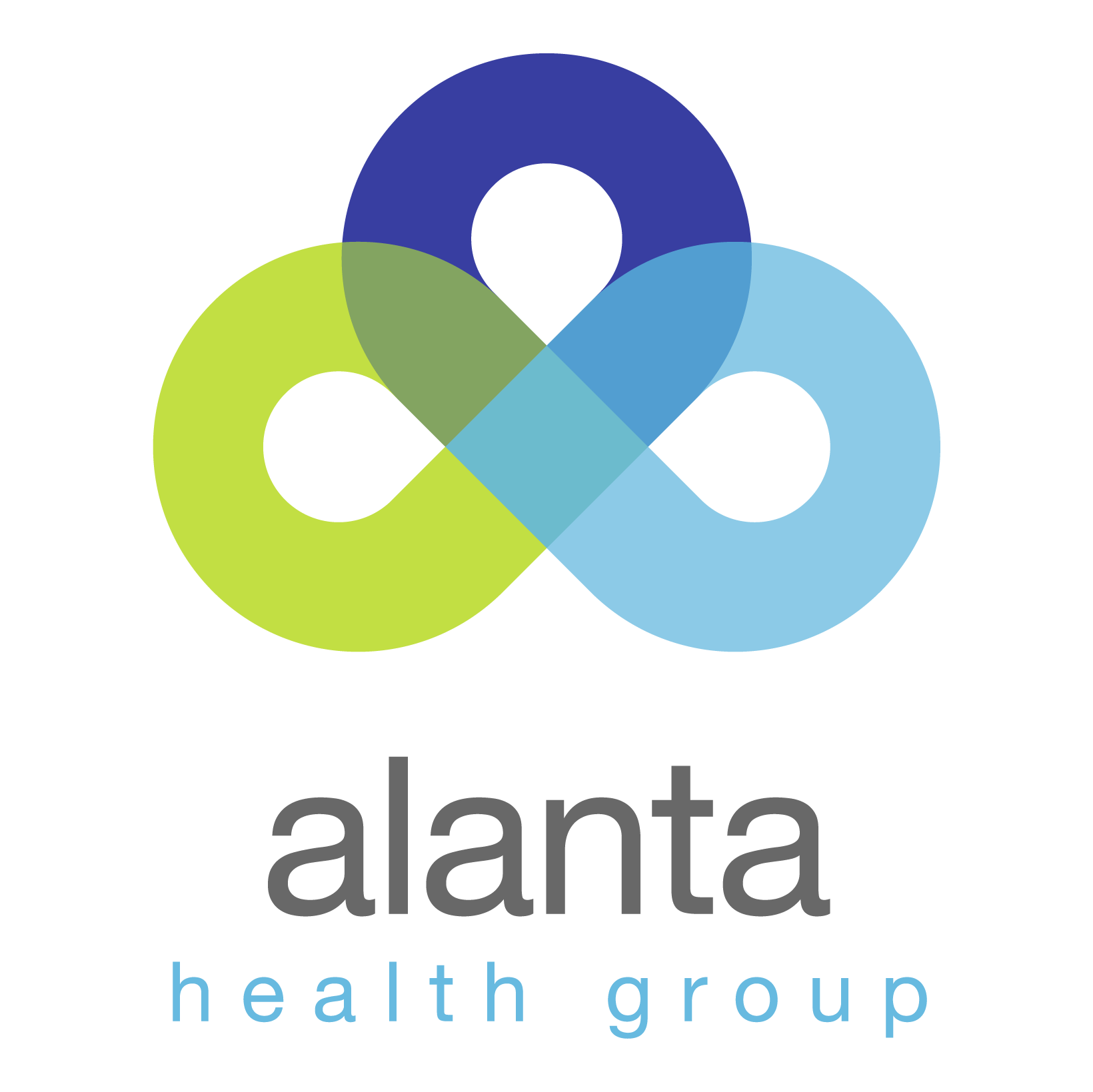 alanta health group alanta health group |
2303091038 |
Recruiting, Employer Branding, OE |
HR |
Hamburg |
 Bechtle GmbH Bechtle GmbH |
2303081221 |
User Adoption / Digital Solution |
Consulting & Projekte |
remote |
 GFT Technologies SE GFT Technologies SE |
2302201247 |
Frauen im Tech-Bereich |
IT & Development |
Remote |
 Makungu e.V. Makungu e.V. |
2301181027 |
Fundraising, Sozialmarketing und Volunteering |
Soziales |
remote |
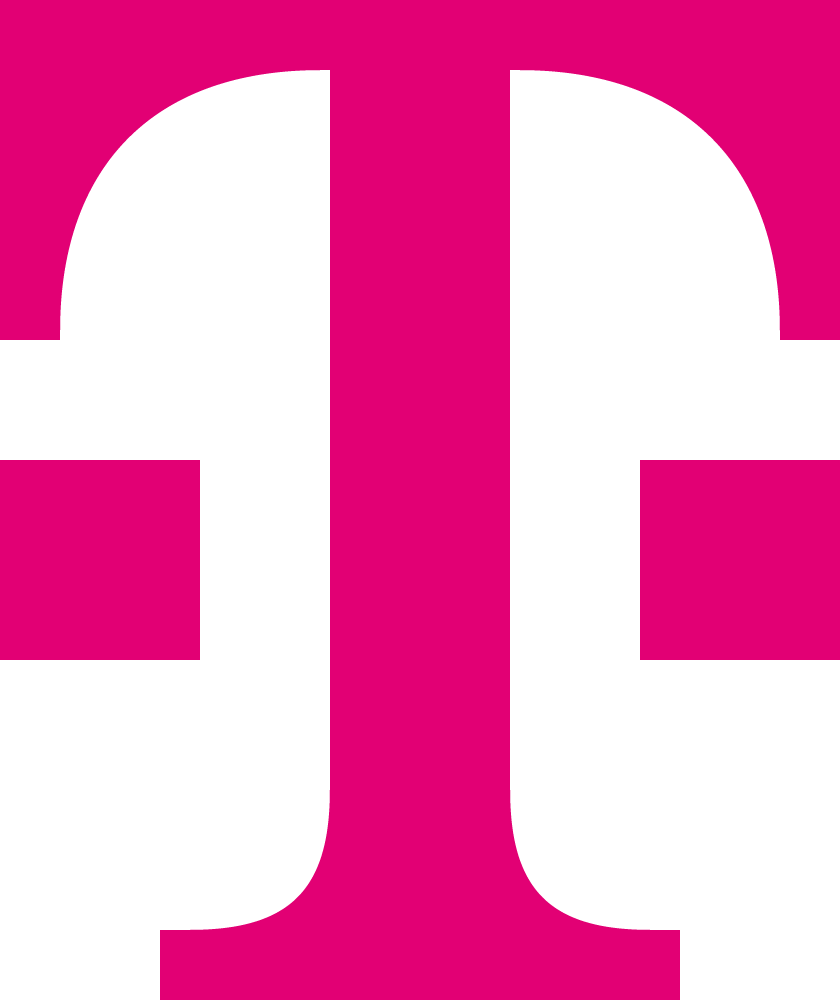 Deutsche Telekom MMS GmbH Deutsche Telekom MMS GmbH |
2301131026 |
Cloud Architekt (m/w/d) |
IT & Development |
Dresden |
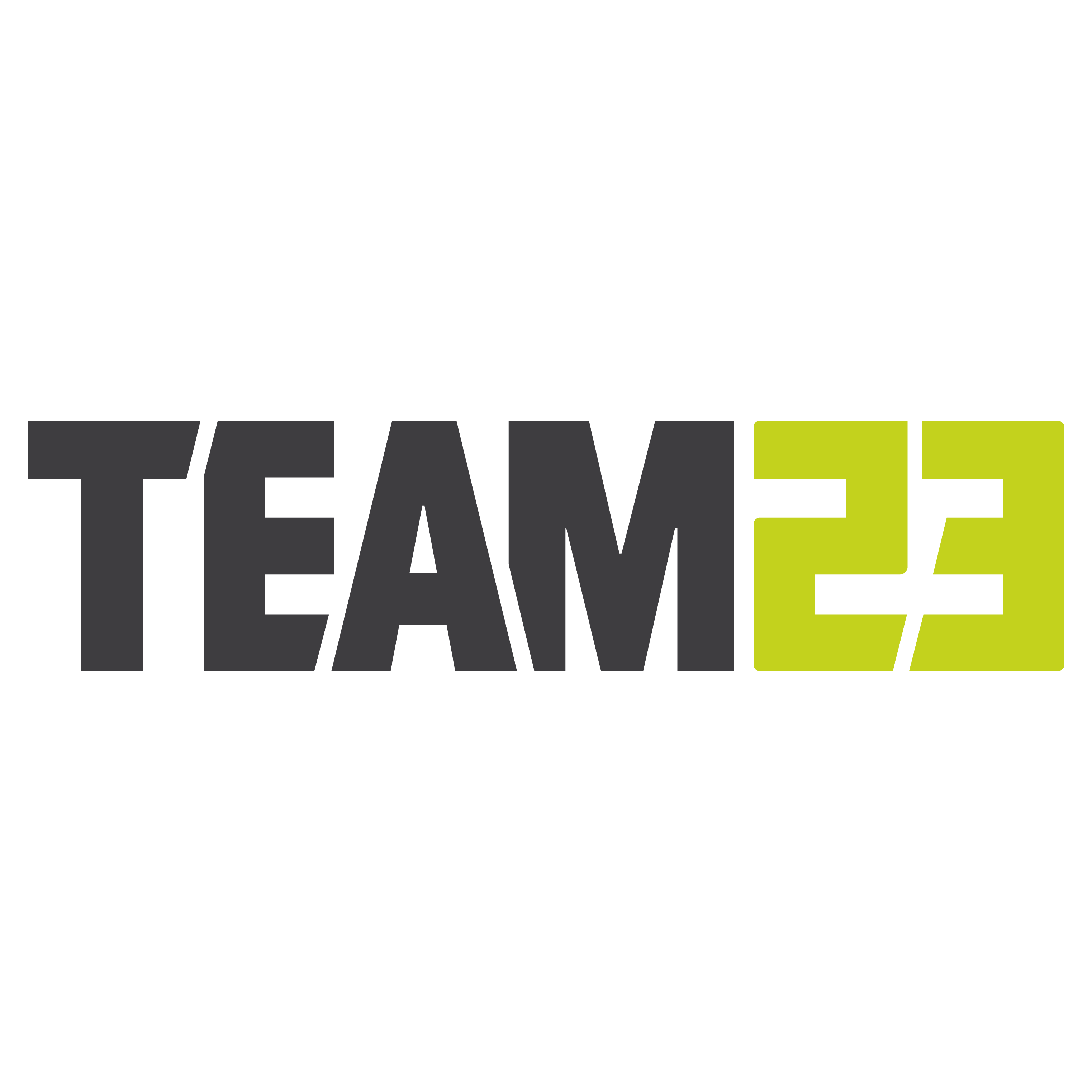 TEAM23 GmbH TEAM23 GmbH |
2301040946 |
Digitale Jobs |
IT & Development |
Augsburg |
 Valeo Valeo |
2212271052 |
LiDAR Engineering |
Engineering |
global |
 Jochen Schweizer mydays GmbH Jochen Schweizer mydays GmbH |
2212140156 |
UX / UI Design |
IT & Development |
München |
 Miele & Cie. KG Miele & Cie. KG |
2211251115 |
UX Engineering |
IT & Development |
Gütersloh |
 R+V Versicherung AG R+V Versicherung AG |
2211250833 |
IT Business Analyse |
Consulting & Projekte |
Wiesbaden |
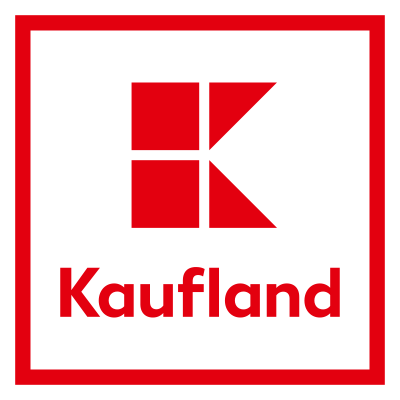 Kaufland Kaufland |
2211090720 |
Traineeprogramm oder duales Studium |
Trainee & Ausbildung |
deutschlandweit |
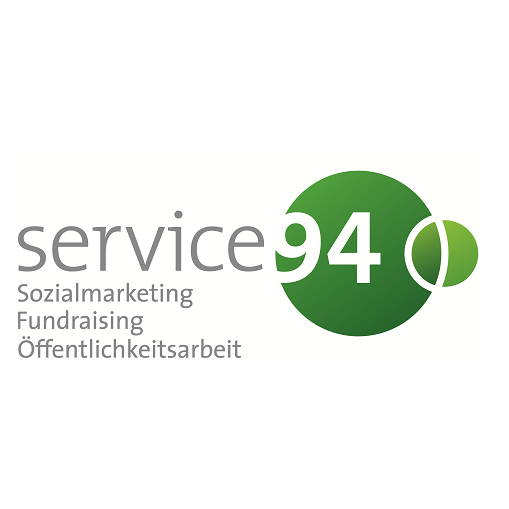 service94 GmbH service94 GmbH |
2211070819 |
Promoter (m/w/d) |
Sales |
deutschlandweit |
 DAW SE DAW SE |
2211031149 |
Kommissionierung/ Logistik |
Logistik |
Ober-Ramstadt |
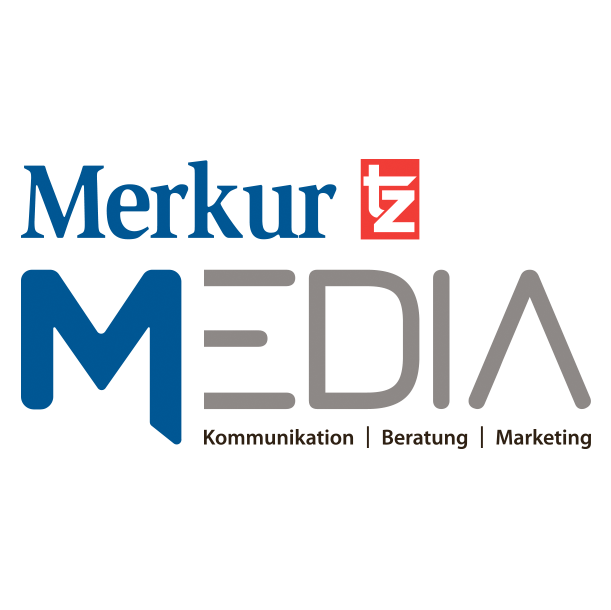 Merkur tz MEDIA GmbH & Co. KG Merkur tz MEDIA GmbH & Co. KG |
2211030937 |
Media Beratung |
Sales |
Oberbayern |
 R+V Versicherung AG R+V Versicherung AG |
2211021111 |
Systemingenieur Cloudtechnologie (m/w/d) |
IT & Development |
Wiesbaden |
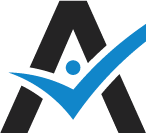 Arineo GmbH Arineo GmbH |
2210270755 |
IT-Dienstleistung, IT-Beratung, ERP |
Verschiedenes |
deutschlandweit |
 wyn wyn |
2210241101 |
Online-Redakteur (m/w/d) |
Redaktion |
Remote |
 wyn wyn |
2210190247 |
SEO Account Management |
Marketing |
remote |
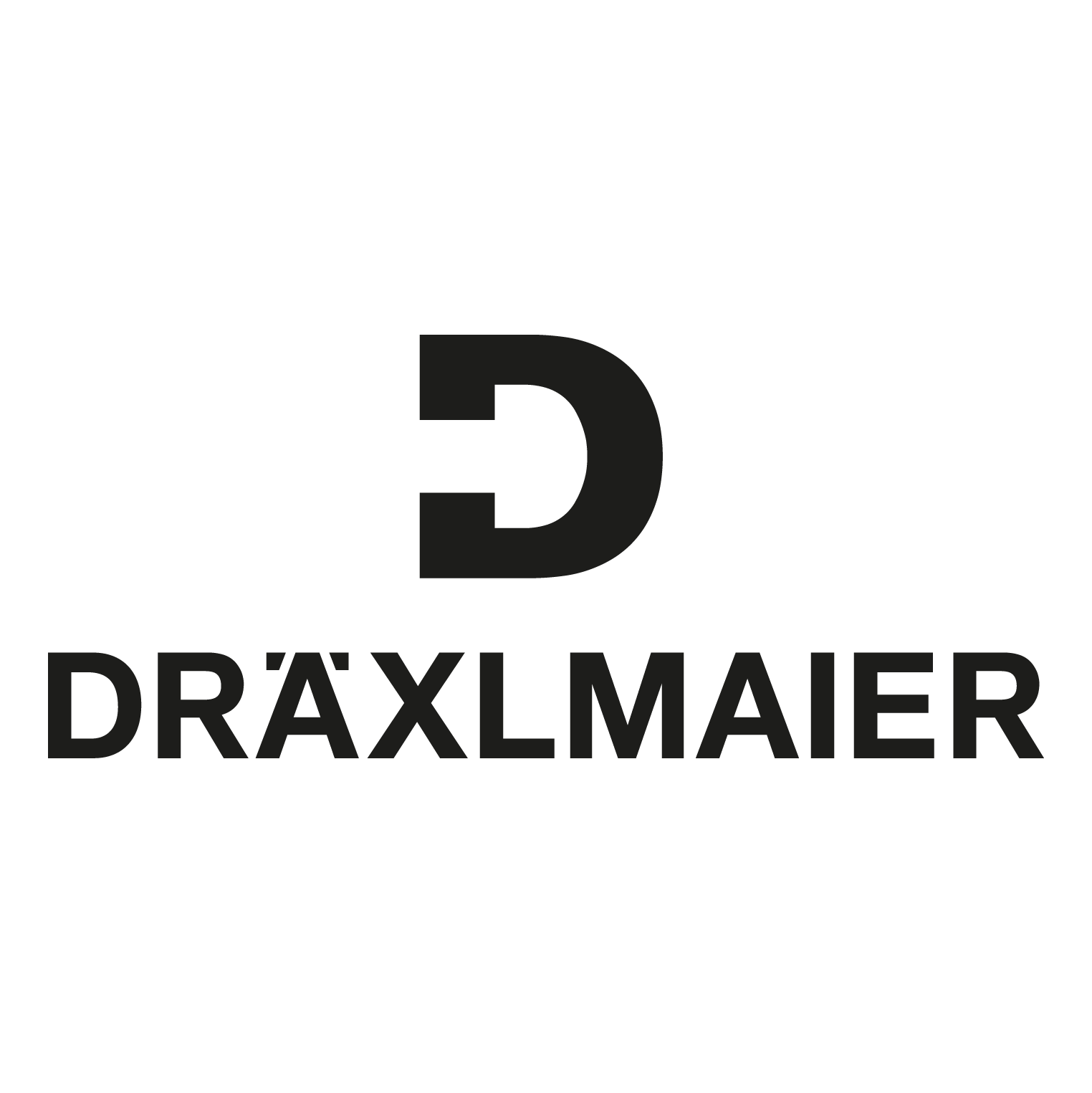 DRÄXLMAIER Group DRÄXLMAIER Group |
2210130842 |
Recruiting Active Sourcing |
HR |
Vilsbiburg |
 Grenke Grenke |
2209211047 |
Duales Studium Wirtschaftsinformatik |
Trainee & Ausbildung |
Karlsruhe |
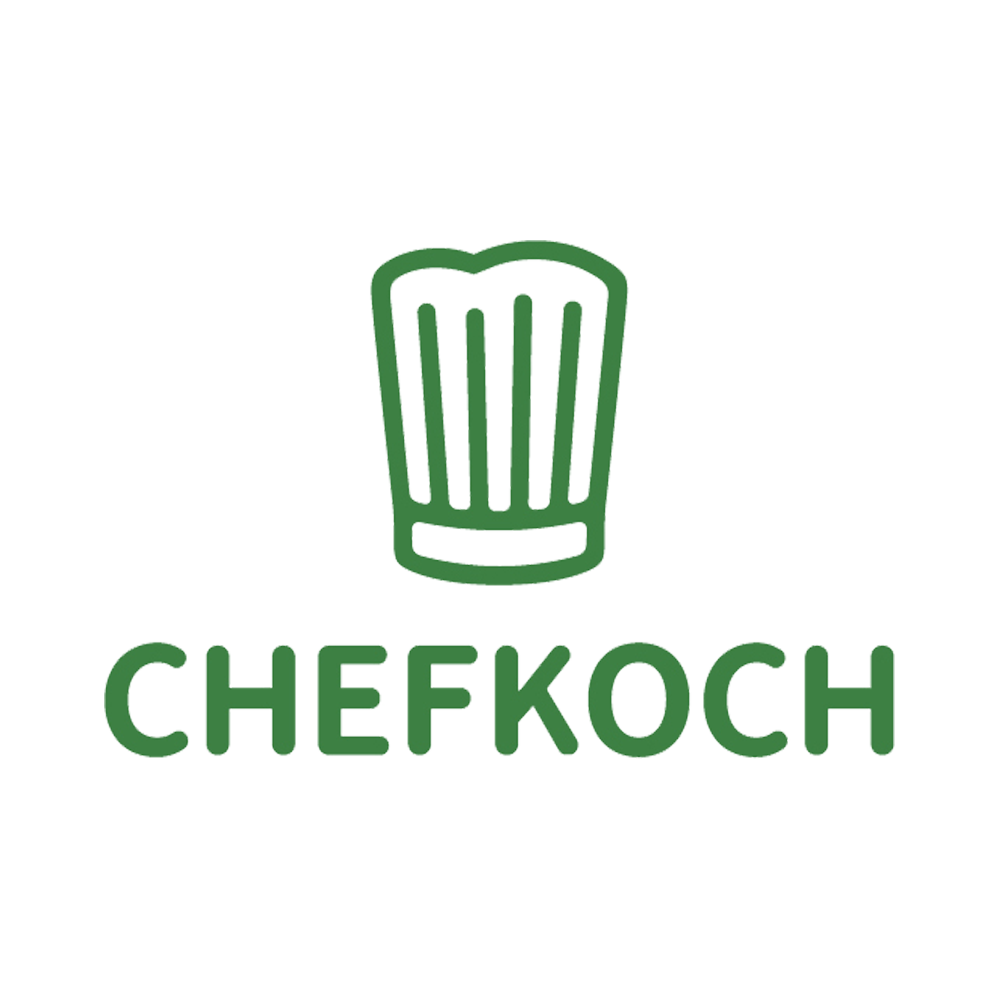 Chefkoch GmbH Chefkoch GmbH |
2209201256 |
iOS Development |
IT & Development |
Remote Office |
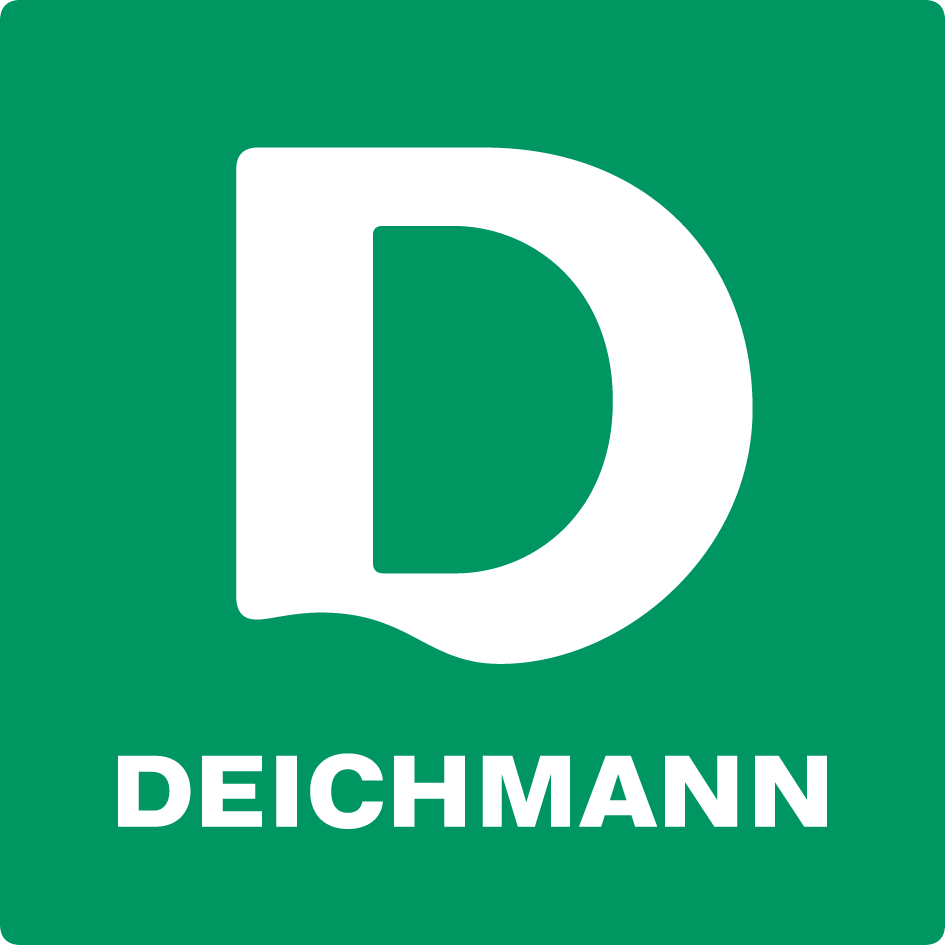 Deichmann SE Deichmann SE |
2209081109 |
App Entwicklung |
IT & Development |
Essen |
 ERGO Group AG ERGO Group AG |
2208181149 |
Mathematiker/Gruppenleiter (m/w/d) Lebensversicherung |
Audit & Risk |
Düsseldorf |
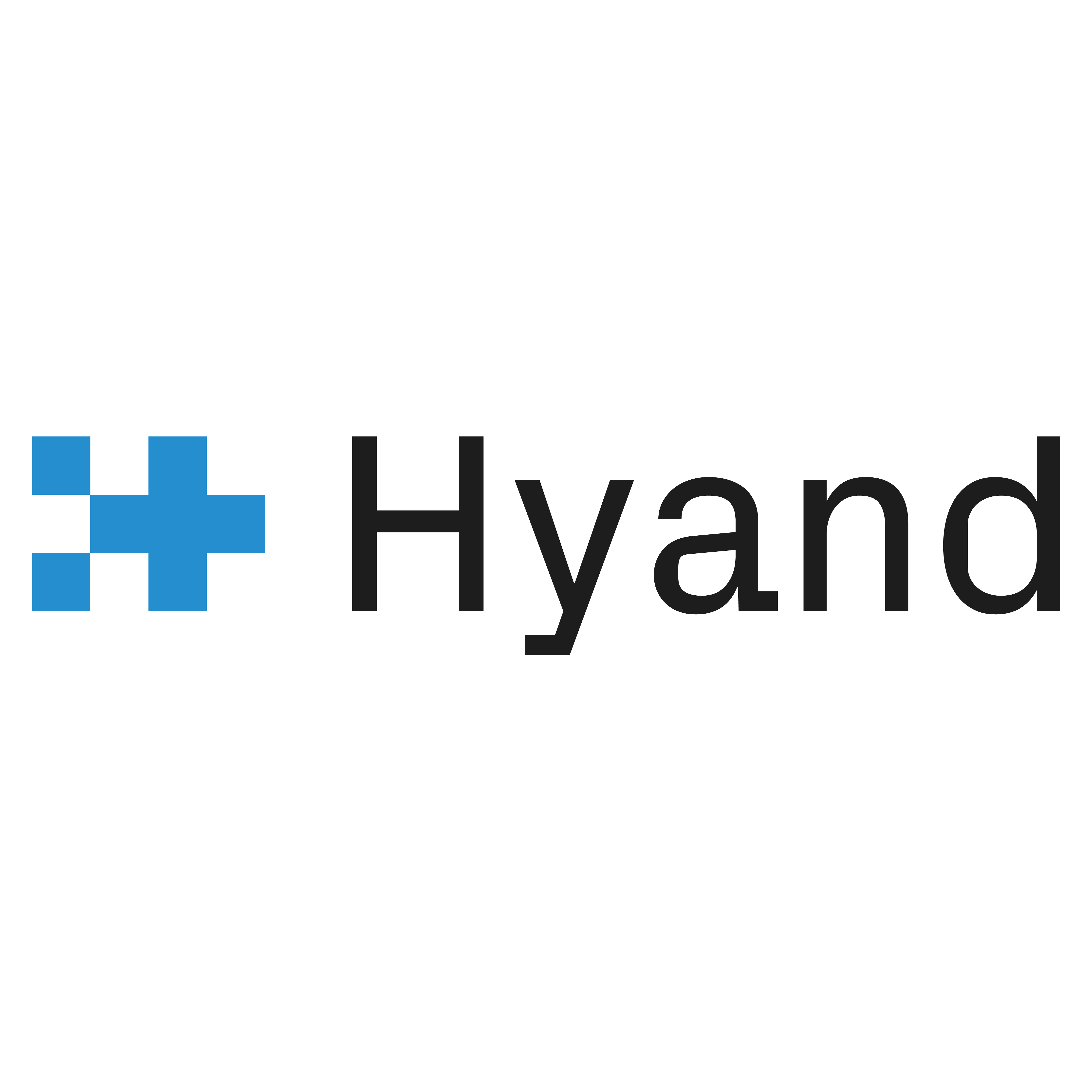 Hyand Solutions GmbH Hyand Solutions GmbH |
2208020831 |
Big Data Consulting |
IT & Development |
Rhein-Ruhr |
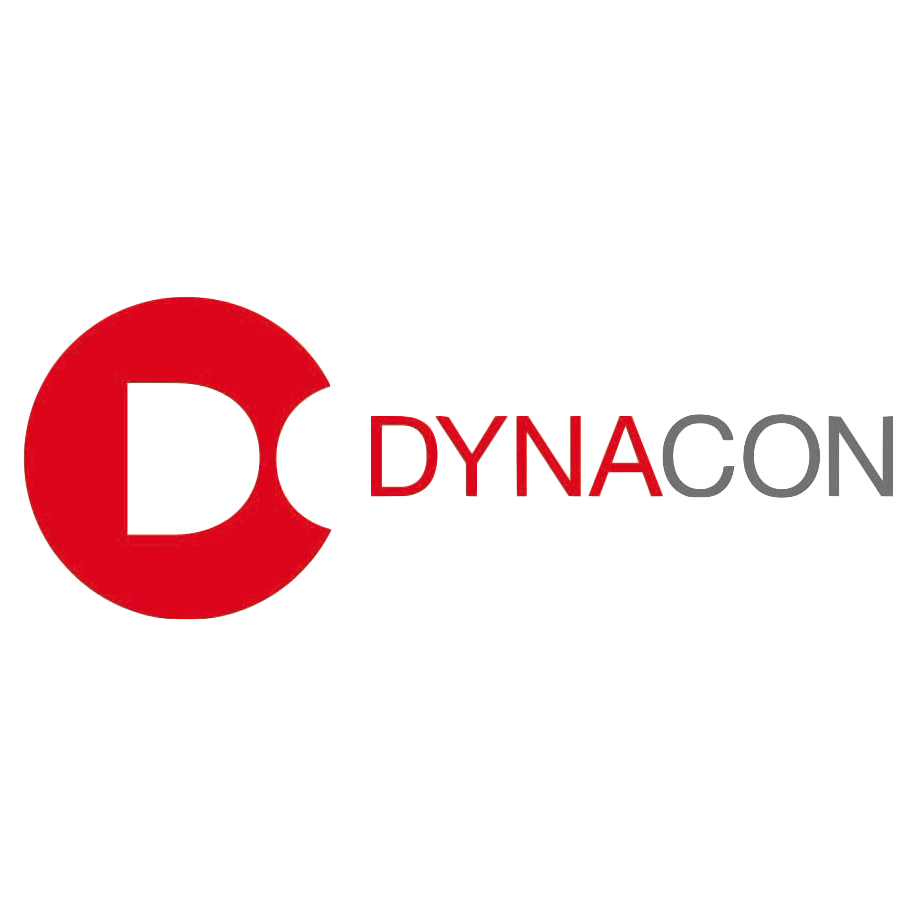 DYNACON GmbH DYNACON GmbH |
2207251221 |
Arbeiten bei DYNACON |
Verschiedenes |
München |
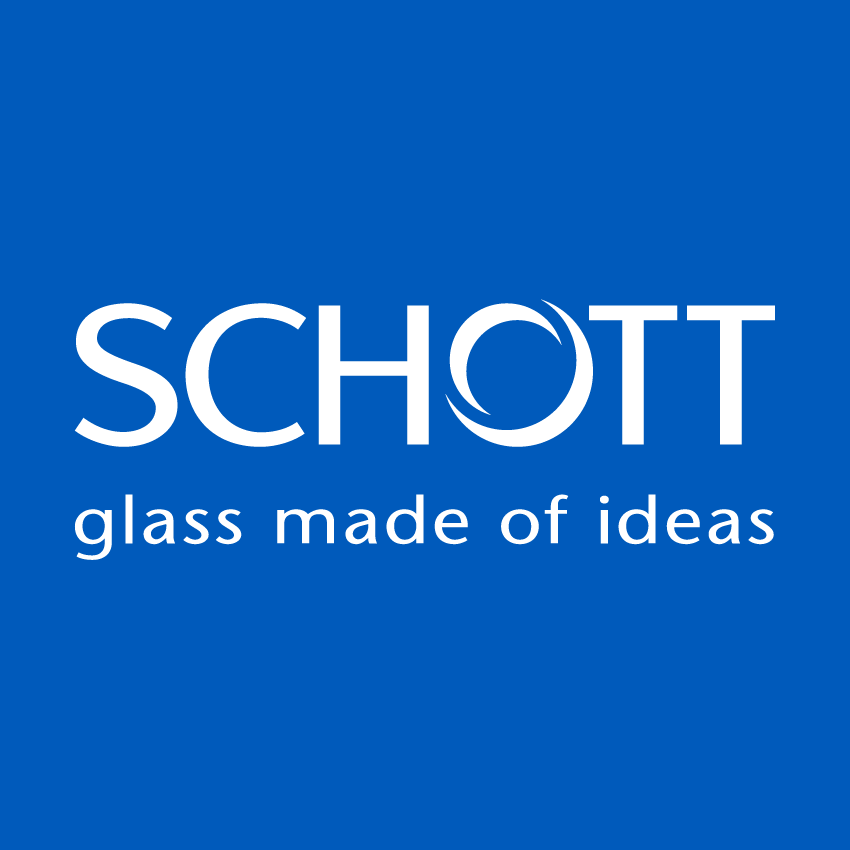 SCHOTT AG SCHOTT AG |
2207070659 |
Application Consulting |
IT & Development |
Mainz |
 Octopus Energy GmbH Octopus Energy GmbH |
2207050731 |
Marktkommunikation |
Kundenservice |
München |
 Valeo Valeo |
2207010806 |
Comfort & Driving Assistance Systems |
Engineering |
weltweit |
 R+V Versicherung AG R+V Versicherung AG |
2206290105 |
IT Security |
IT & Development |
Wiesbaden |
 R+V Versicherung AG R+V Versicherung AG |
2206290923 |
Scrum Master |
Training & Coaching |
Wiesbaden |
 R+V Versicherung AG R+V Versicherung AG |
2206230206 |
IT-Architektur (Solution- System & Enterprise Architektur) |
IT & Development |
Wiesbaden |
 Grenke Grenke |
2206211028 |
Duales Studium BWL Finanzdienstleistung |
Trainee & Ausbildung |
Baden-Baden |
 Octopus Energy GmbH Octopus Energy GmbH |
2206200259 |
Backend & Frontend Entwicklung |
IT & Development |
München |
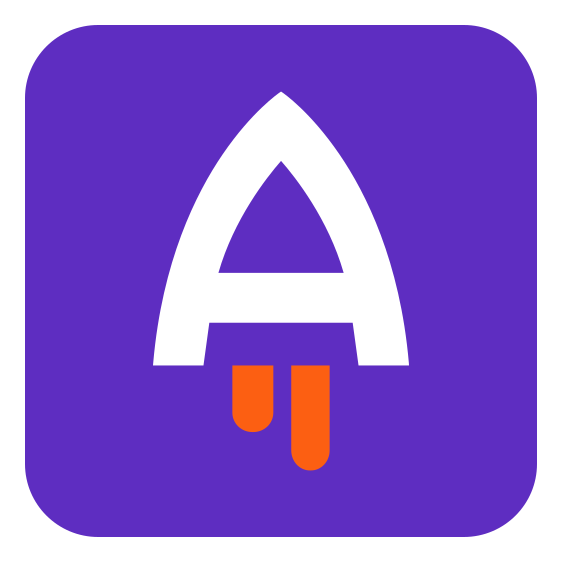 Ausbildung.de GmbH Ausbildung.de GmbH |
2206131138 |
Customer Success Management |
Kundenservice |
Bochum |
 NTT DATA NTT DATA |
2206020625 |
Von der itelligence zur NTT Data Business Solutions |
Verschiedenes |
deutschlandweit |
 DAW SE DAW SE |
2205241102 |
International Management Trainee |
Trainee & Ausbildung |
Ober-Ramstadt |
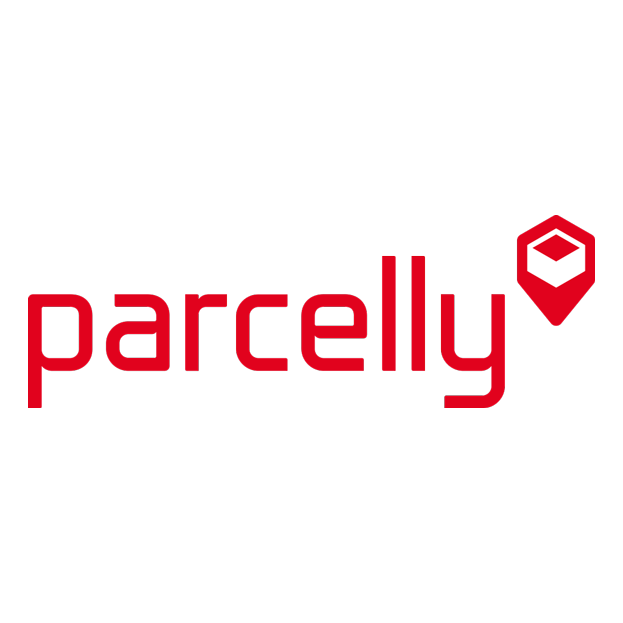 Parcelly GmbH Parcelly GmbH |
2205160104 |
Backend Lead Development |
IT & Development |
remote |
 Ausbildung.de GmbH Ausbildung.de GmbH |
2205031126 |
Fullstack mit Fokus auf Backend Development |
IT & Development |
Bochum |
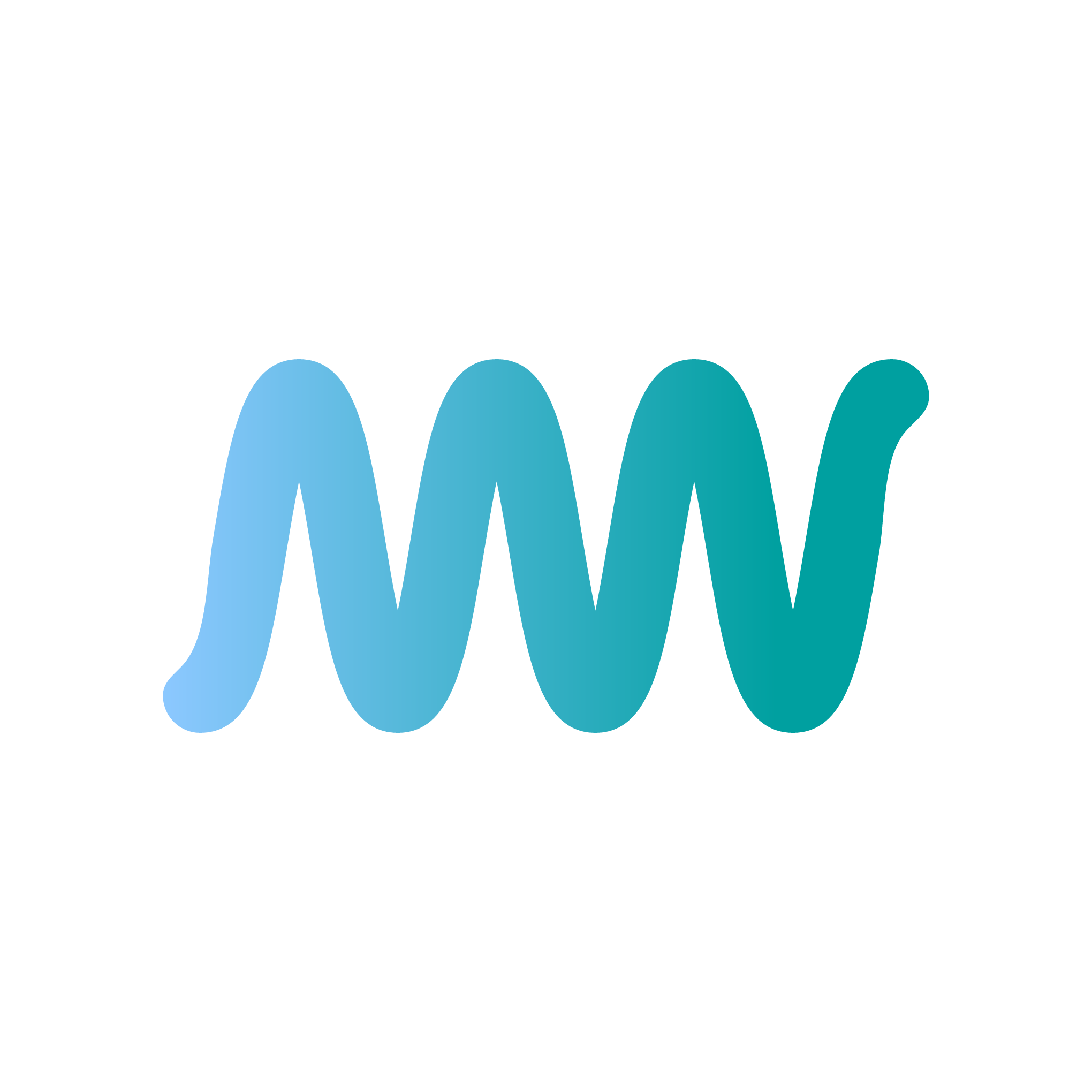 Weischer.Media GmbH & Co. KG Weischer.Media GmbH & Co. KG |
2205020720 |
People / Organisation |
HR |
Hamburg |
 wyn wyn |
2205020655 |
Unternehmensvorstellung |
Verschiedenes |
remote |
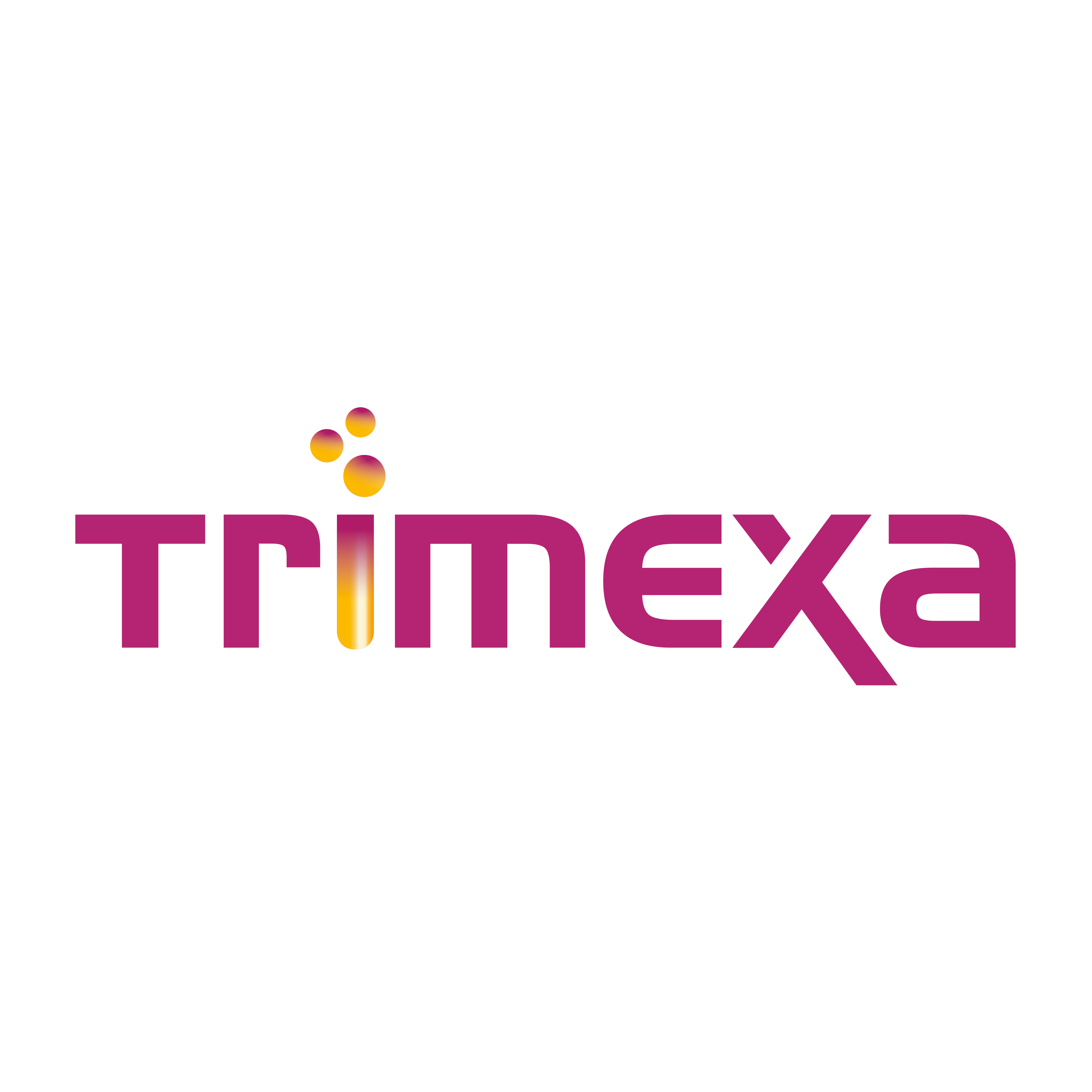 Trimexa GmbH Trimexa GmbH |
2204280917 |
Web Development |
IT & Development |
Leverkusen |
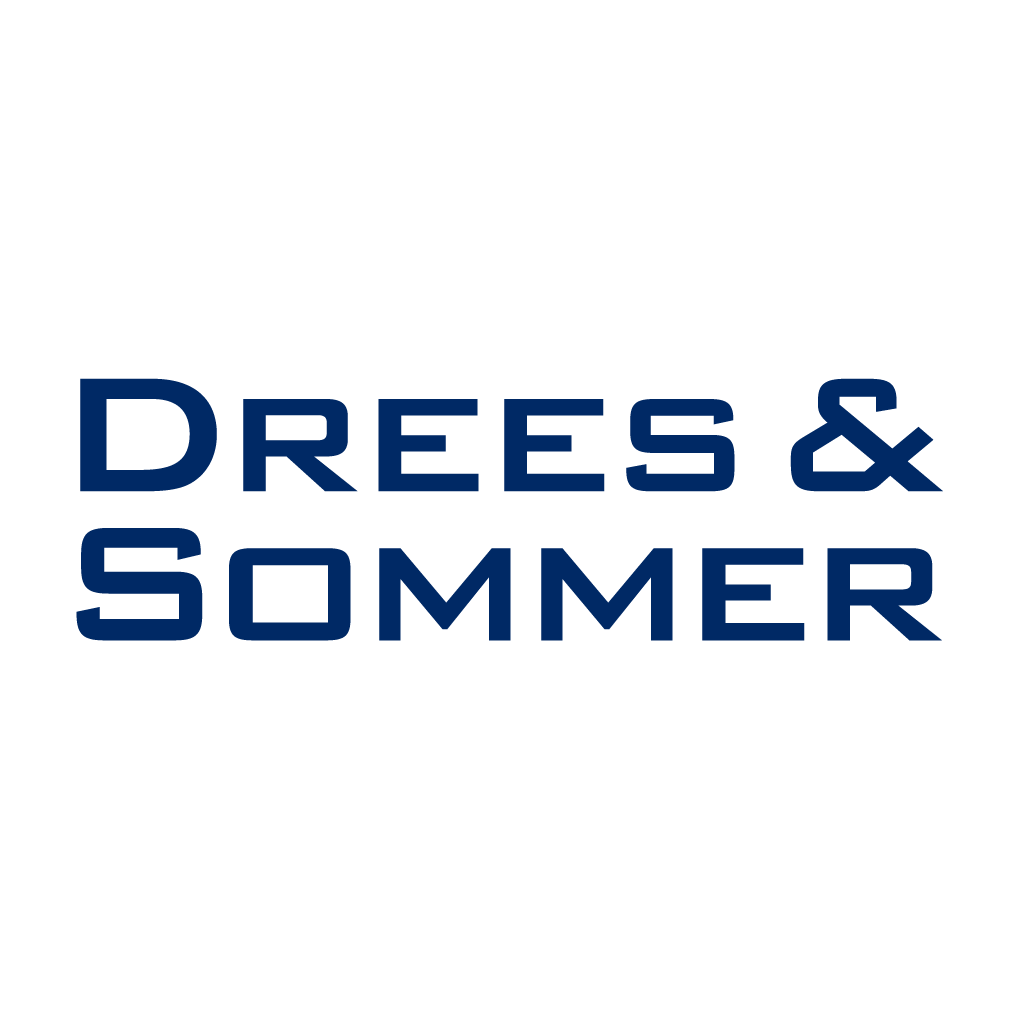 Drees & Sommer SE Drees & Sommer SE |
2204270558 |
BIM Management |
Bau & Architektur |
deutschlandweit |
 wyn wyn |
2204061140 |
SEA/SMA Account Management |
Marketing |
remote |
 Ausbildung.de GmbH Ausbildung.de GmbH |
2204061130 |
Sales Management |
Sales |
Bochum |
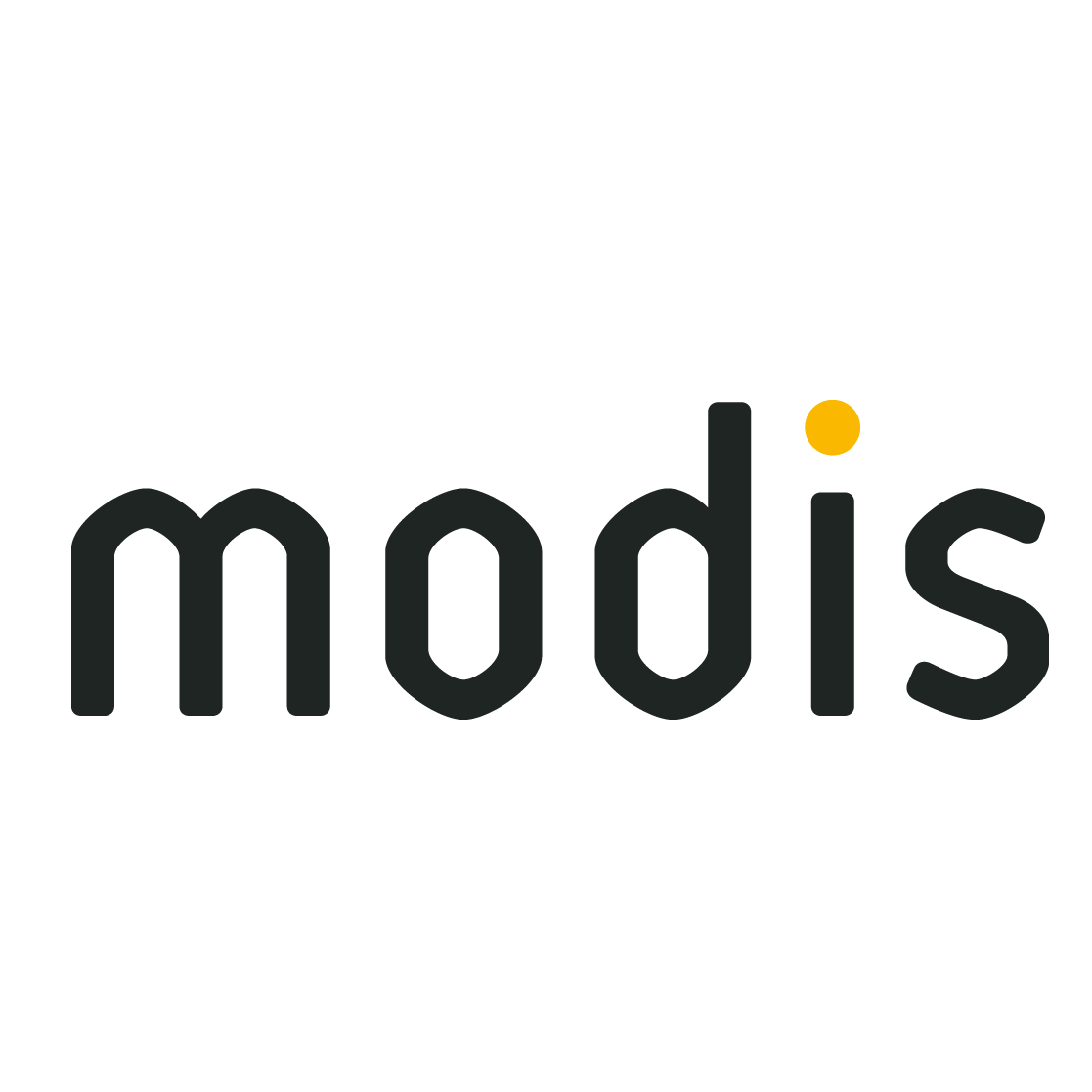 Modis GmbH Modis GmbH |
2204040148 |
Recruiting Management |
HR |
Stuttgart |
 Valeo Valeo |
2204040139 |
Service & Warehouse |
Kundenservice |
weltweit |
 Hyand Solutions GmbH Hyand Solutions GmbH |
2203290906 |
C# / .net Entwicklung |
IT & Development |
Ratingen |
 Weischer.Media GmbH & Co. KG Weischer.Media GmbH & Co. KG |
2203211248 |
Senior Media Buying oder Teamleitung |
Einkauf & Purchasing |
Hamburg |
 Grenke Grenke |
2203140207 |
Internal Audit Officer (m/w/d) |
Audit & Risk |
deutschlandweit |
 Grenke Grenke |
2203101243 |
Internal Sales Manager (m/w/d) |
Kundenservice |
deutschlandweit |
 R+V Versicherung AG R+V Versicherung AG |
2203031020 |
Duales Studium und Ausbildung |
Trainee & Ausbildung |
Großraum Leipzig |
 Hypoport hub SE Hypoport hub SE |
2202210157 |
IT Lead (w/m/d) Digital Workplace Experience |
Training & Coaching |
Berlin |
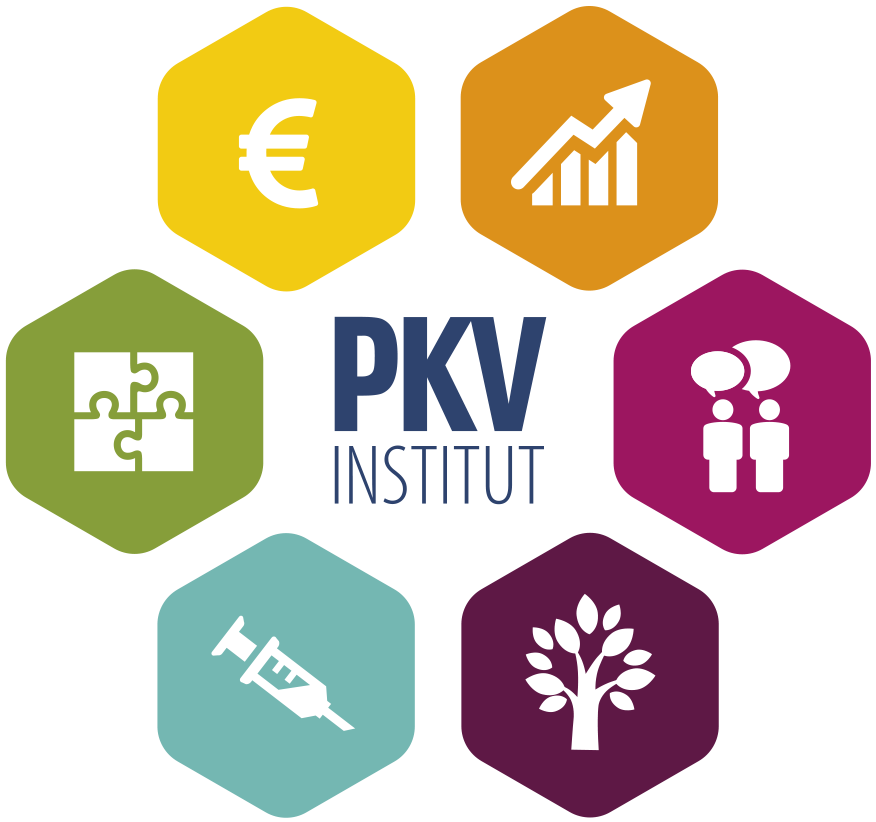 PKV Institut GmbH PKV Institut GmbH |
2202211131 |
Azubi Medienkauffrau/-mann Digital & Print |
Trainee & Ausbildung |
München und Umkreis |
 codecentric AG codecentric AG |
2202161236 |
Software Architecture Consulting |
Consulting & Projekte |
bayernweit |
 Valeo Valeo |
2202080728 |
R&D radar department |
Engineering |
weltweit |
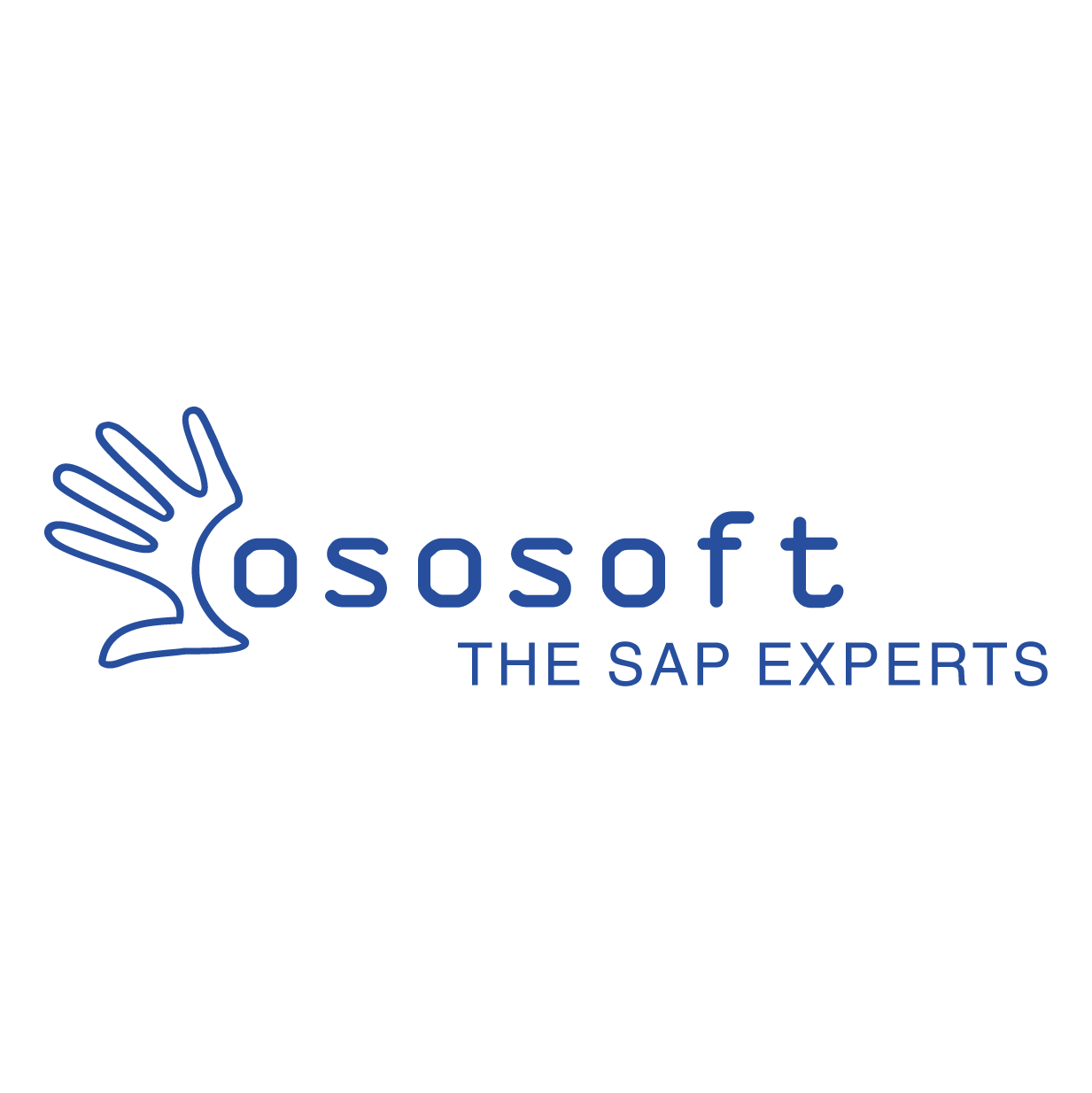 ososoft GmbH ososoft GmbH |
2202080723 |
SAP Consulting |
Consulting & Projekte |
Würzburg |
 Valeo Valeo |
2201310224 |
Technische Projektleitung |
Engineering |
weltweit |
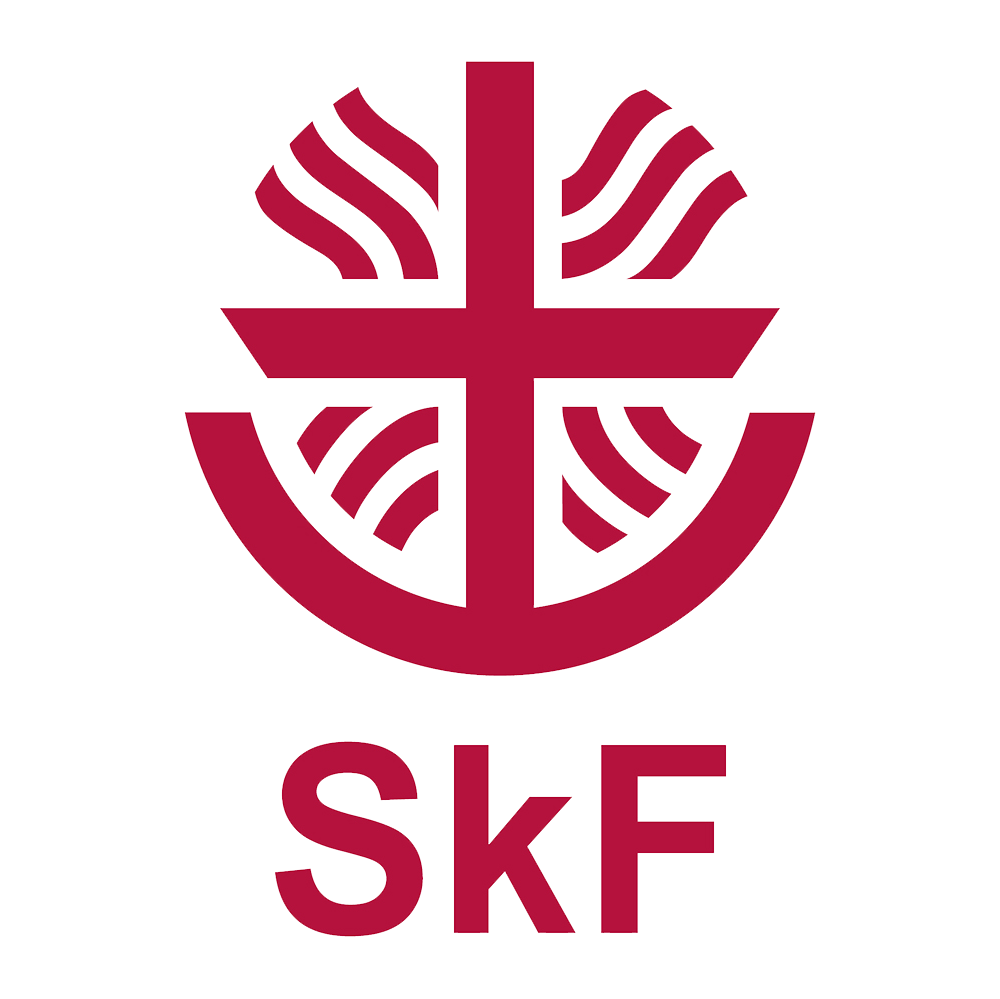 Sozialdienst katholischer Frauen München e.V. Sozialdienst katholischer Frauen München e.V. |
2201271051 |
Arbeiten in der KiTa |
Soziales |
München |
 Valeo Valeo |
2201260739 |
R&D Management |
Consulting & Projekte |
weltweit |
 Sozialdienst katholischer Frauen München e.V. Sozialdienst katholischer Frauen München e.V. |
2112210136 |
Pädagogische Fachkraft |
Soziales |
München |
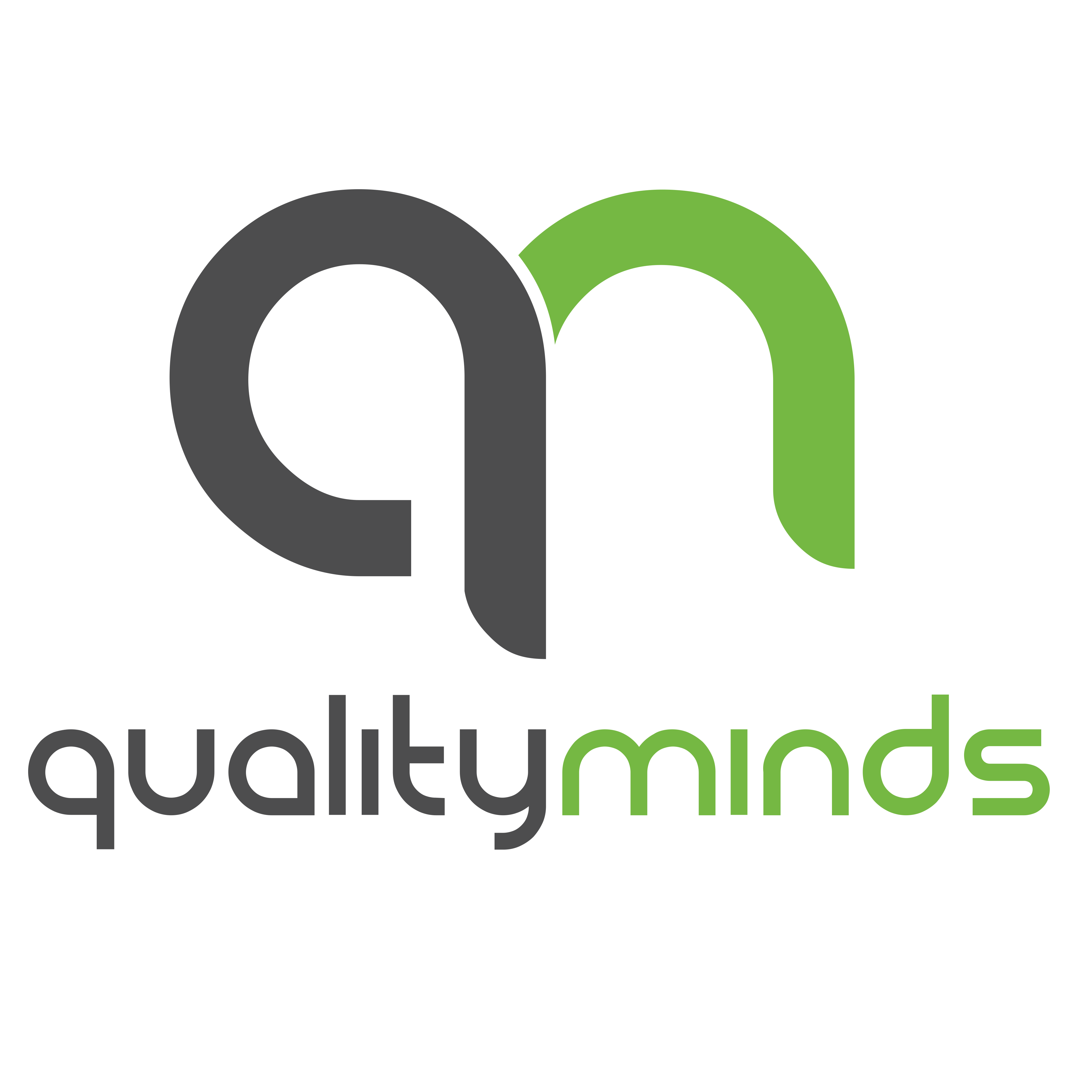 QualityMinds GmbH QualityMinds GmbH |
2112150311 |
(Senior) Testautomatisierung |
IT & Development |
München |
 Modis GmbH Modis GmbH |
2112071209 |
Sales Consulting |
Sales |
Berlin |
 Contovista AG Contovista AG |
2112071043 |
Senior Product Management |
Produktmanagement |
Zürich |
 Valeo Valeo |
2111291050 |
Software Engineering oder Projektmanagement |
Engineering |
weltweit |
 Contovista AG Contovista AG |
2111121016 |
Frontend Development |
IT & Development |
Zürich |
 Contovista AG Contovista AG |
2111110206 |
Senior Backend Software Engineering |
IT & Development |
Zürich |
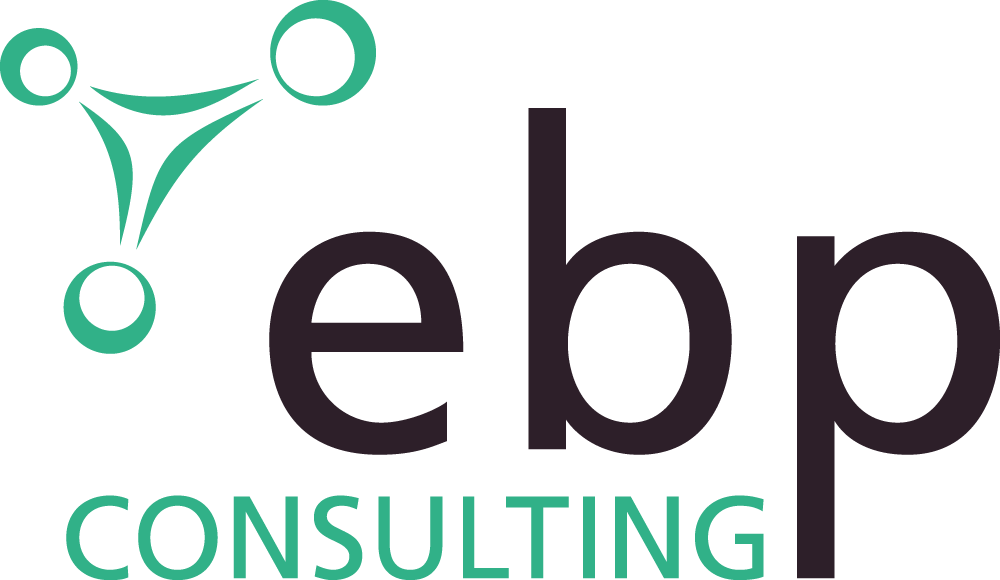 ebp-consulting GmbH ebp-consulting GmbH |
2111111143 |
Senior Consulting / Managing Consulting Logistik- & Lagerplanung |
Consulting & Projekte |
München |
 Arvato Arvato |
2111111112 |
Teamleitung Customer Service Training |
Training & Coaching |
NRW |
 Deichmann SE Deichmann SE |
2110291240 |
SAP Hybris / Backend Entwicklung |
IT & Development |
Essen |
 Bechtle GmbH Bechtle GmbH |
2110291001 |
User Adoption |
Consulting & Projekte |
remote |
 Bechtle GmbH Bechtle GmbH |
2110290951 |
IT Projektmanagement Transition & Transformation |
Consulting & Projekte |
remote |
 Deichmann SE Deichmann SE |
2110271136 |
Frontend Entwicklung |
IT & Development |
Essen |
 Chefkoch GmbH Chefkoch GmbH |
2110181045 |
Android Developer (m/w/d) |
IT & Development |
NRW, remote |
 Arvato Arvato |
2110120755 |
Projektmanagement |
Consulting & Projekte |
NRW |
 R+V Versicherung AG R+V Versicherung AG |
2109070104 |
Ausbildung Versicherung |
Trainee & Ausbildung |
Wiesbaden |
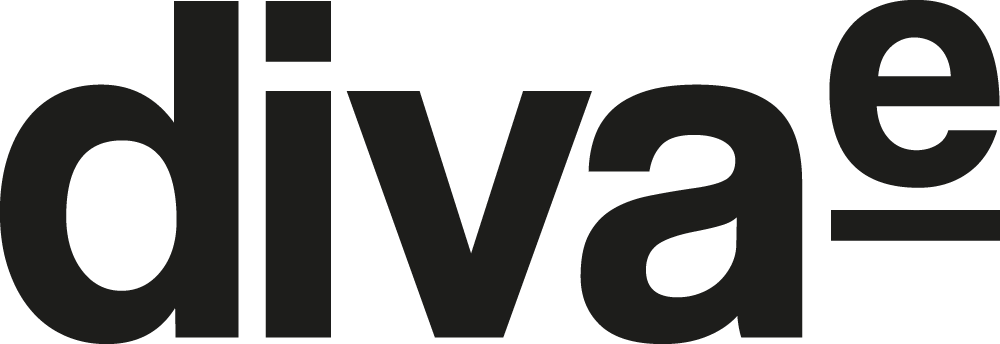 diva-e Digital Value Excellence GmbH diva-e Digital Value Excellence GmbH |
2109060105 |
AEM Developement |
IT & Development |
München |
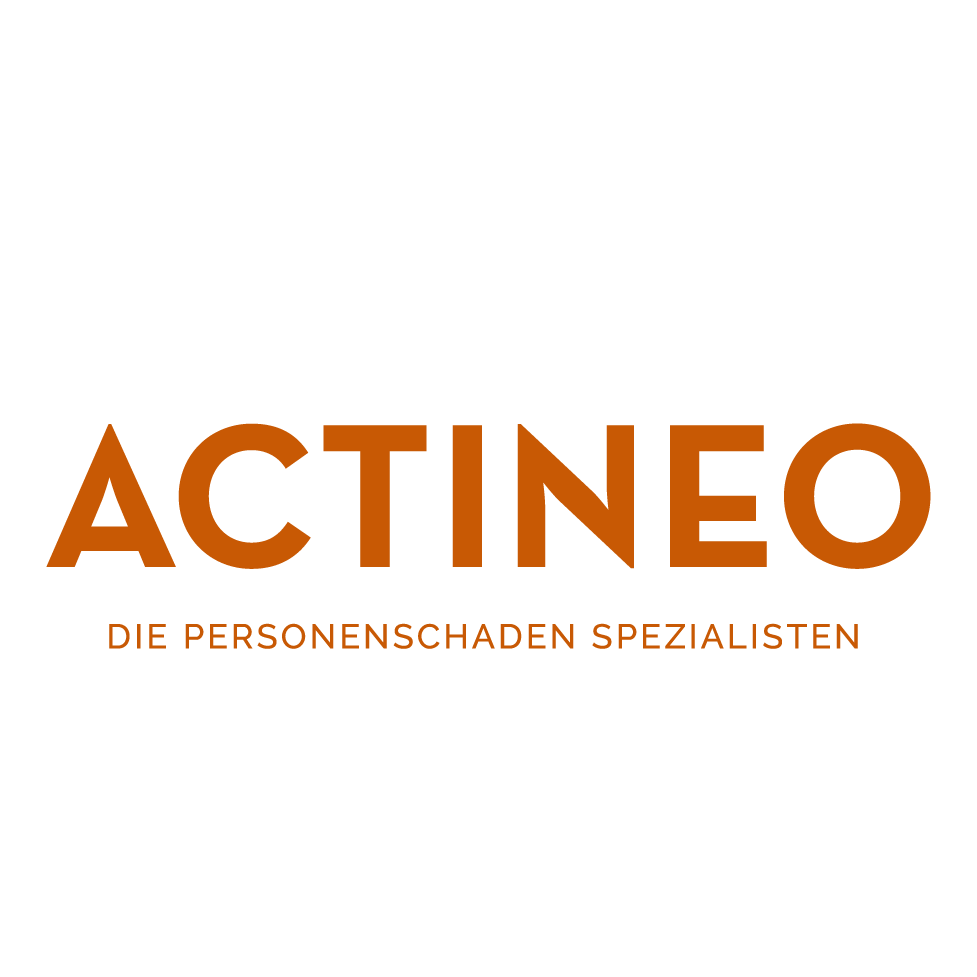 ACTINEO GmbH ACTINEO GmbH |
2109030214 |
IT, Software und Cloud |
Produktmanagement |
Köln |
 Contovista AG Contovista AG |
2108251044 |
Customer Success Management |
Kundenservice |
Zürich |
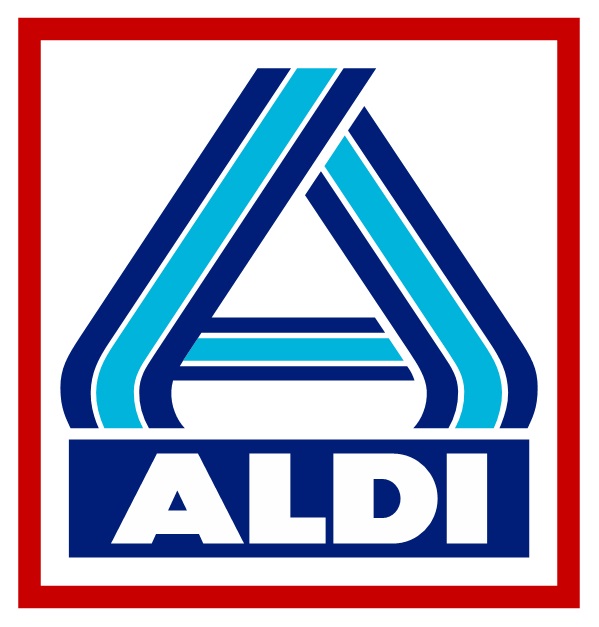 ALDI Nord ALDI Nord |
2108240208 |
IT & SAP |
IT & Development |
Essen |
 R+V Versicherung AG R+V Versicherung AG |
2108240923 |
Studium BWL, Wirtschaftsinformatik |
Trainee & Ausbildung |
Wiesbaden |
 Arvato Arvato |
2108240921 |
IT & Logistik |
Logistik |
NRW |
 Valeo Valeo |
2108180919 |
Frontend Entwicklung |
Engineering |
weltweit |
 Miele & Cie. KG Miele & Cie. KG |
2108180919 |
Data Science |
IT & Development |
Gütersloh |
 Valeo Valeo |
2108180919 |
Einkauf |
Einkauf & Purchasing |
weltweit |
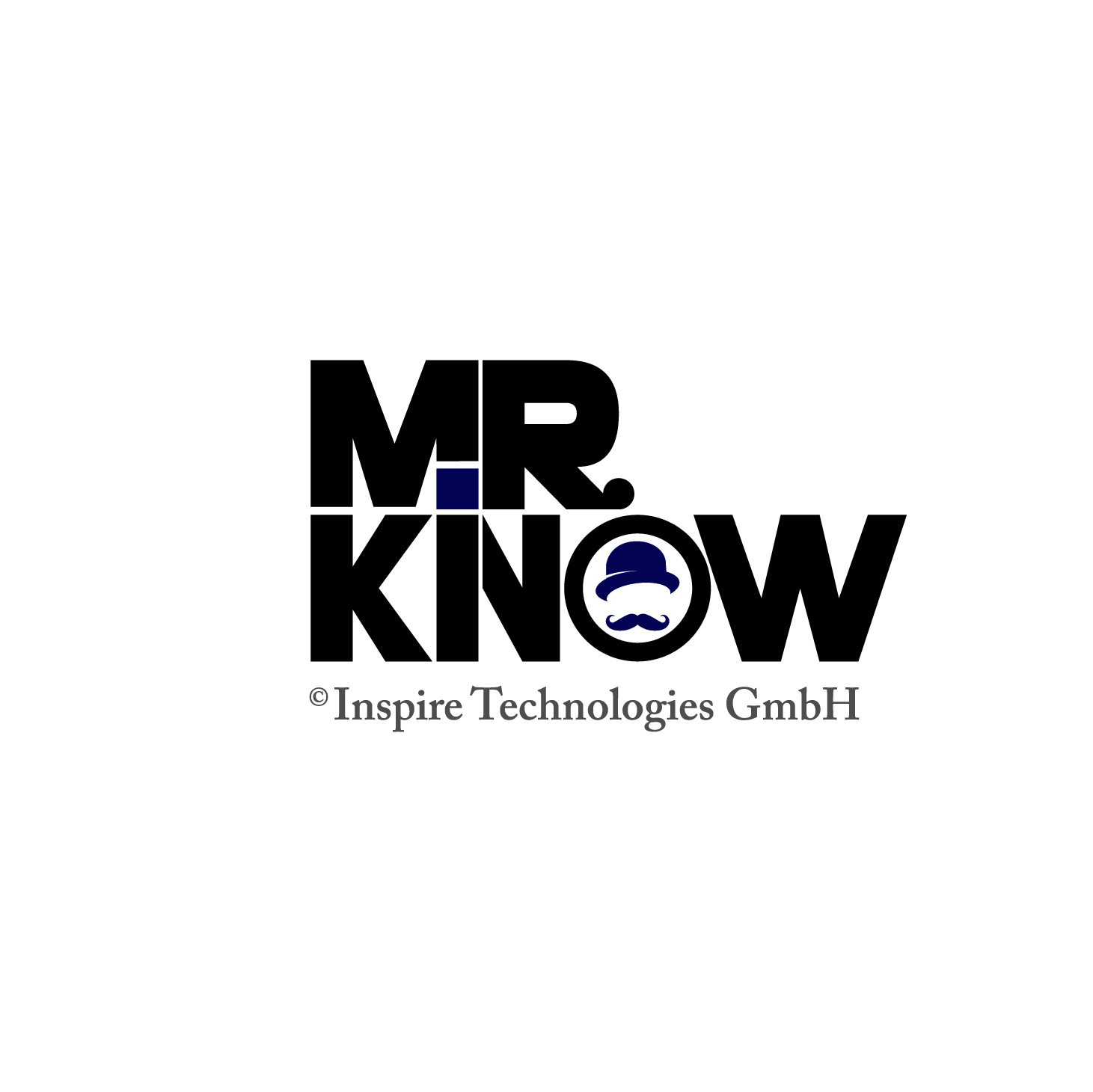 Inspire Technologies GmbH Inspire Technologies GmbH |
2108180916 |
Prozessautomatisierung |
Verschiedenes |
Köln |
 ebp-consulting GmbH ebp-consulting GmbH |
2107151032 |
Consulting Logistikplanung |
Consulting & Projekte |
München |
 GOODJOBS GmbH GOODJOBS GmbH |
2107080941 |
Key Account Management |
Sales |
Berlin, remote |
 wyn wyn |
2106290216 |
TYPO3-CMS-Entwicklung |
IT & Development |
Hamburg |
 Grenke Grenke |
2106290933 |
External Sales Manager (m/w/d) |
Sales |
deutschlandweit |
 diva-e Digital Value Excellence GmbH diva-e Digital Value Excellence GmbH |
2106280635 |
Frontend Development |
IT & Development |
München |
 R+V Versicherung AG R+V Versicherung AG |
2106180932 |
Trainee |
Trainee & Ausbildung |
Wiesbaden |
 R+V Versicherung AG R+V Versicherung AG |
2106170931 |
Duales Studium Data Science |
Trainee & Ausbildung |
Wiesbaden |
 codecentric AG codecentric AG |
2106150930 |
Developer & Consultants |
Verschiedenes |
Berlin |
 R+V Versicherung AG R+V Versicherung AG |
2106021025 |
Kundenservice Versicherung |
Kundenservice |
deutschlandweit |
 Miele & Cie. KG Miele & Cie. KG |
2105120929 |
Cyber-Security |
IT & Development |
Gütersloh |
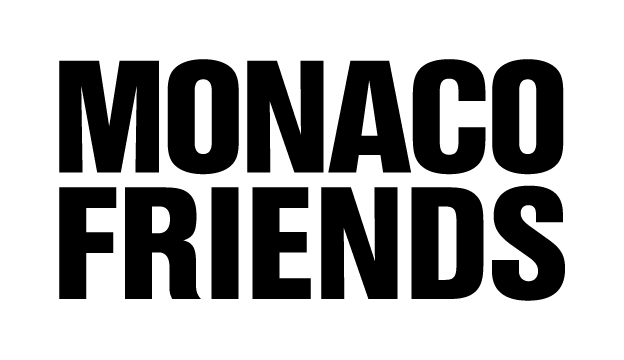 Monaco Friends GmbH Monaco Friends GmbH |
2105061126 |
Content Creation |
Marketing |
München |
 Arvato Arvato |
2105040654 |
Data Engineering |
Engineering |
NRW |
 R+V Versicherung AG R+V Versicherung AG |
2104190927 |
Kundenservice |
Kundenservice |
deutschlandweit |
 Arvato Arvato |
2103251036 |
Product Owner Digital Healthcare |
Produktmanagement |
NRW |
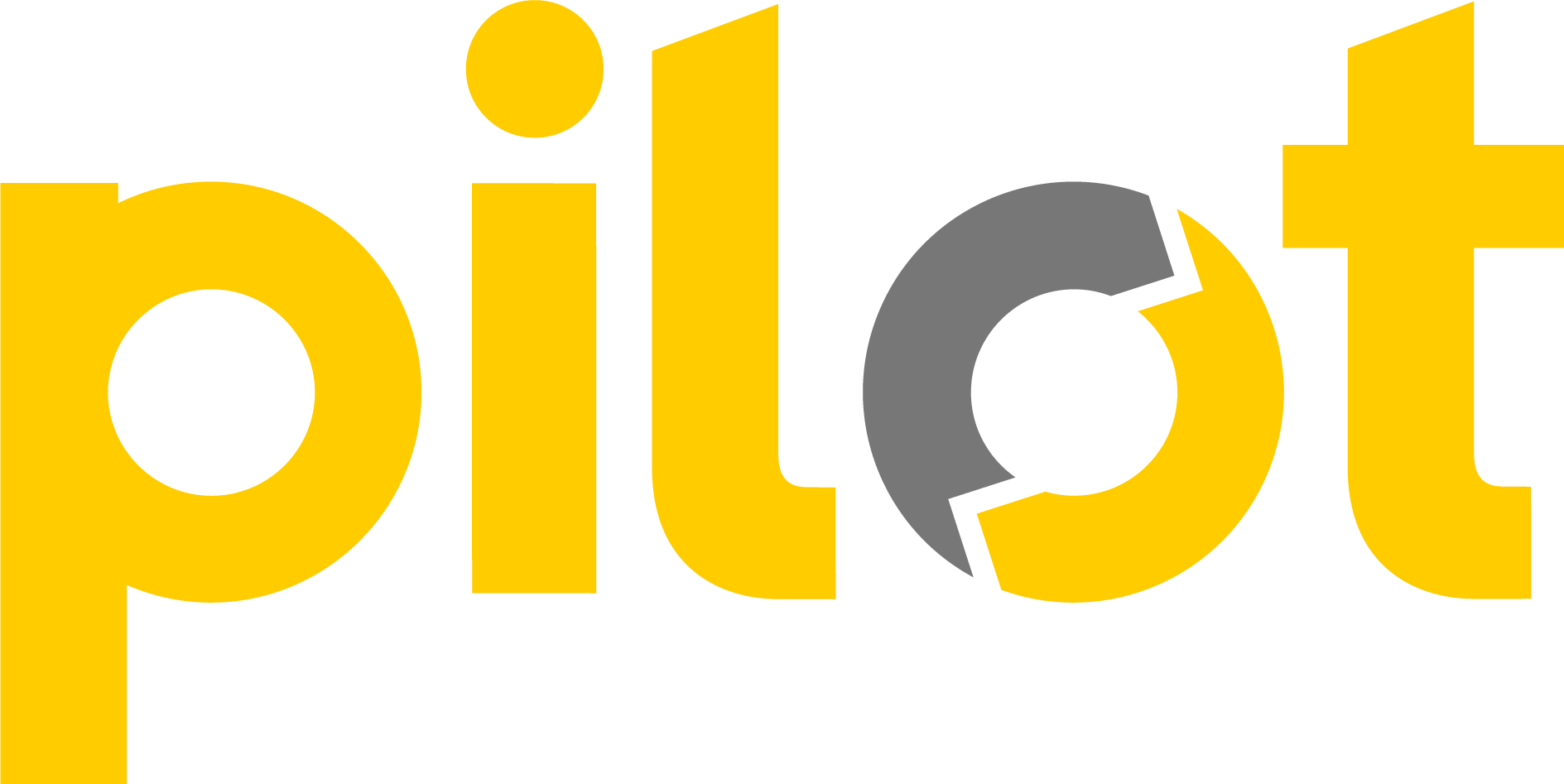 pilot group pilot group |
2103241254 |
(Senior) Management Programmatic Advertising |
Marketing |
Hamburg |
 Arvato Arvato |
2102140925 |
Logistikplanung (Junior - Senior) / Wirtschaftsingenieurwesen Logistik |
Logistik |
NRW |
 R+V Versicherung AG R+V Versicherung AG |
2101270356 |
Finanzberatung |
Sales |
deutschlandweit |
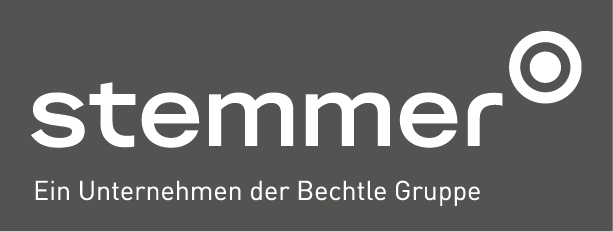 Stemmer GmbH Stemmer GmbH |
2101251115 |
System Engineering Cisco Datacenter |
Engineering |
BY, BW, NRW |
 Stemmer GmbH Stemmer GmbH |
2101140923 |
Managed Service Engineering Cisco Network |
IT & Development |
BY, BW, NRW |
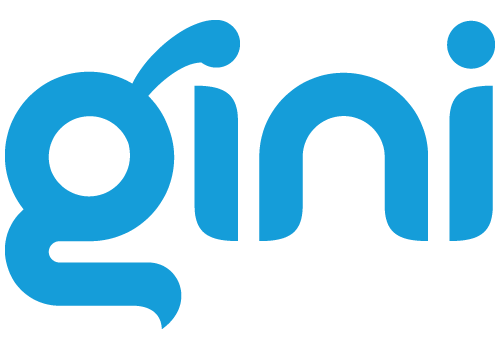 Gini GmbH Gini GmbH |
2012221239 |
Sales & Business Development Management |
Sales |
München |
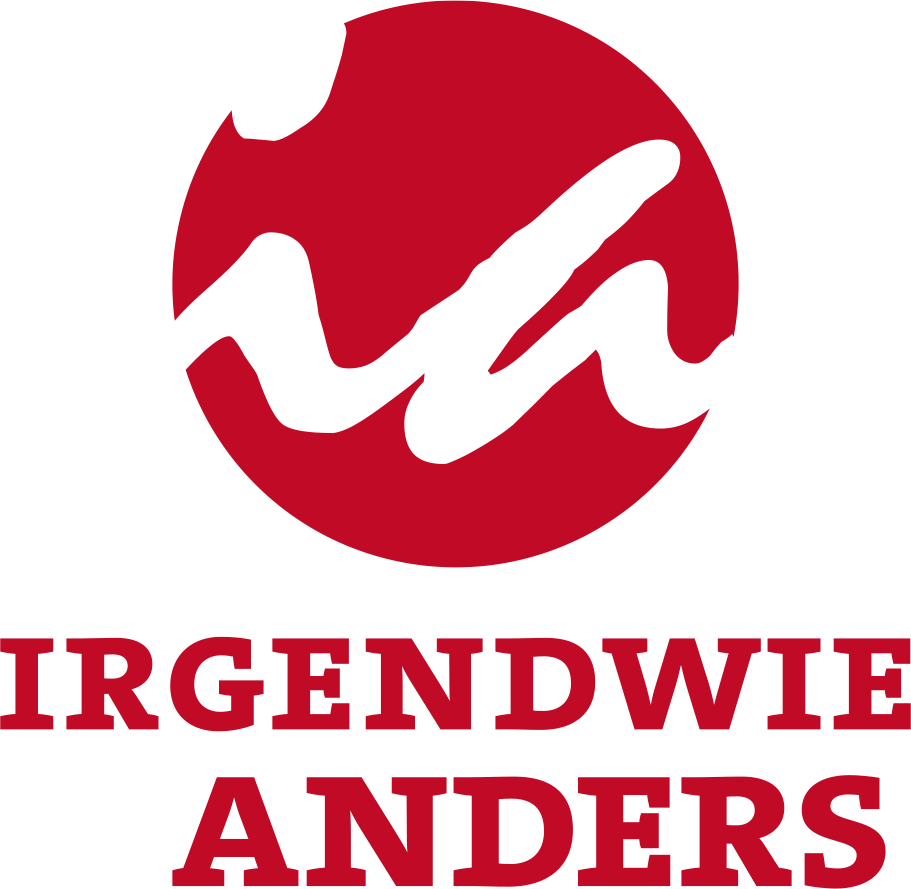 Irgendwie Anders gGmbH Irgendwie Anders gGmbH |
2012090815 |
Mitarbeit im Hausteam |
Handwerk |
Oberfranken |
 Chefkoch GmbH Chefkoch GmbH |
2011231047 |
Software Entwicklung |
IT & Development |
NRW, remote |
 NTT DATA NTT DATA |
2011040926 |
IT-Consulting |
Verschiedenes |
München |
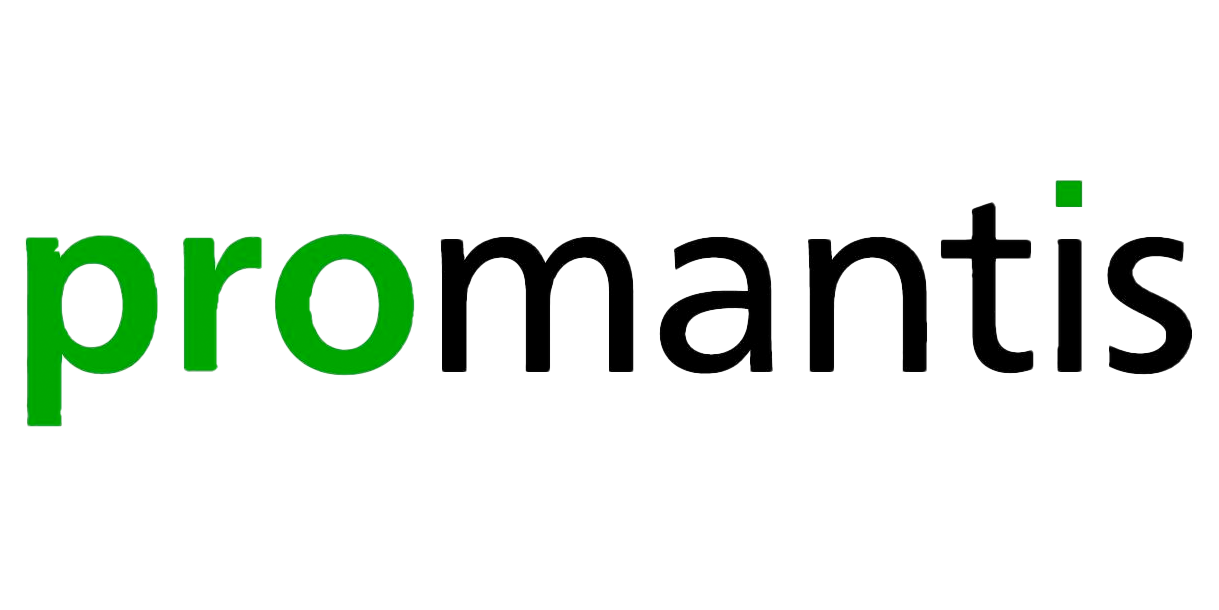 Promantis GmbH Promantis GmbH |
2010271140 |
SAP-IT Projektmanagement |
Consulting & Projekte |
deutschlandweit |
 Grenke Grenke |
2009290925 |
Software Developer (m/w/d) |
IT & Development |
Karlsruhe |
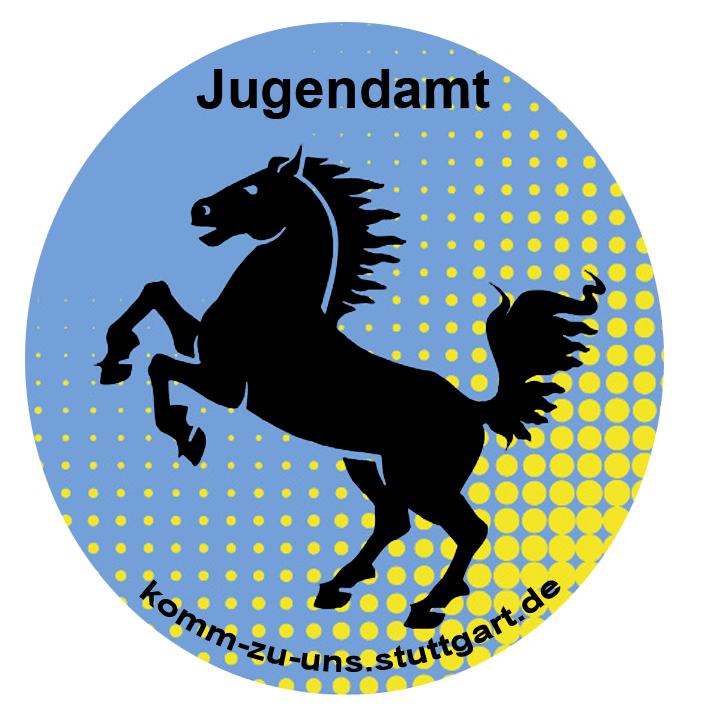 Landeshauptstadt Stuttgart Landeshauptstadt Stuttgart |
2008120732 |
Erziehungsarbeit |
Soziales |
Stuttgart |
 Bechtle GmbH Bechtle GmbH |
2007201119 |
Modern Workplace Office 365 Beratung |
Consulting & Projekte |
remote |
 NTT DATA NTT DATA |
2007160924 |
SAP IT-Beratung |
Verschiedenes |
München |
 R+V Versicherung AG R+V Versicherung AG |
2006020734 |
Web-Frontend Entwicklung in der Cloud |
IT & Development |
Wiesbaden |
 R+V Versicherung AG R+V Versicherung AG |
2005261238 |
Junior Softwareentwicklung in der Anwendungsentwicklung |
IT & Development |
Wiesbaden |

